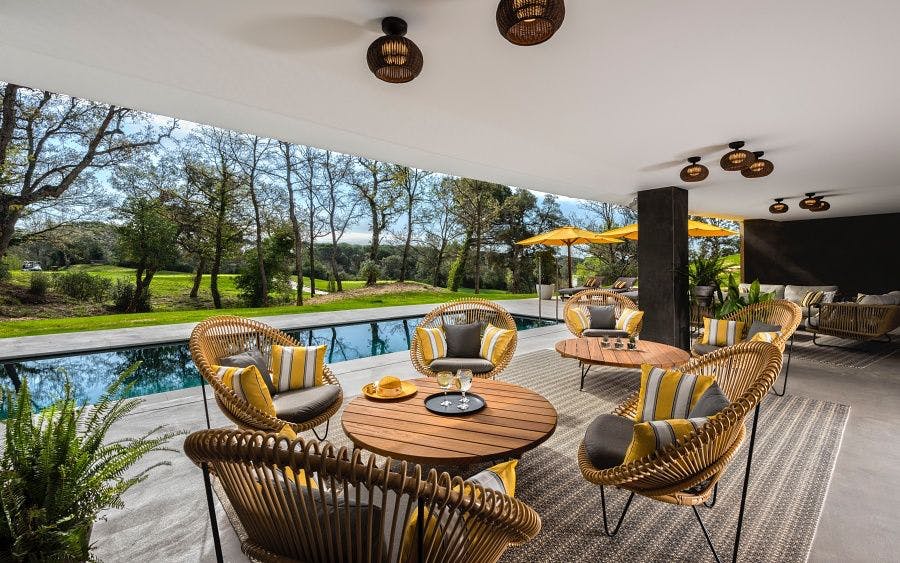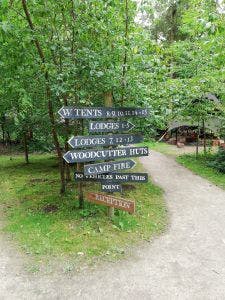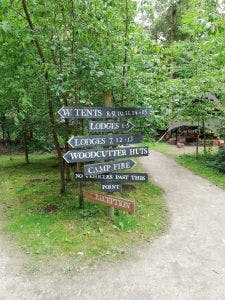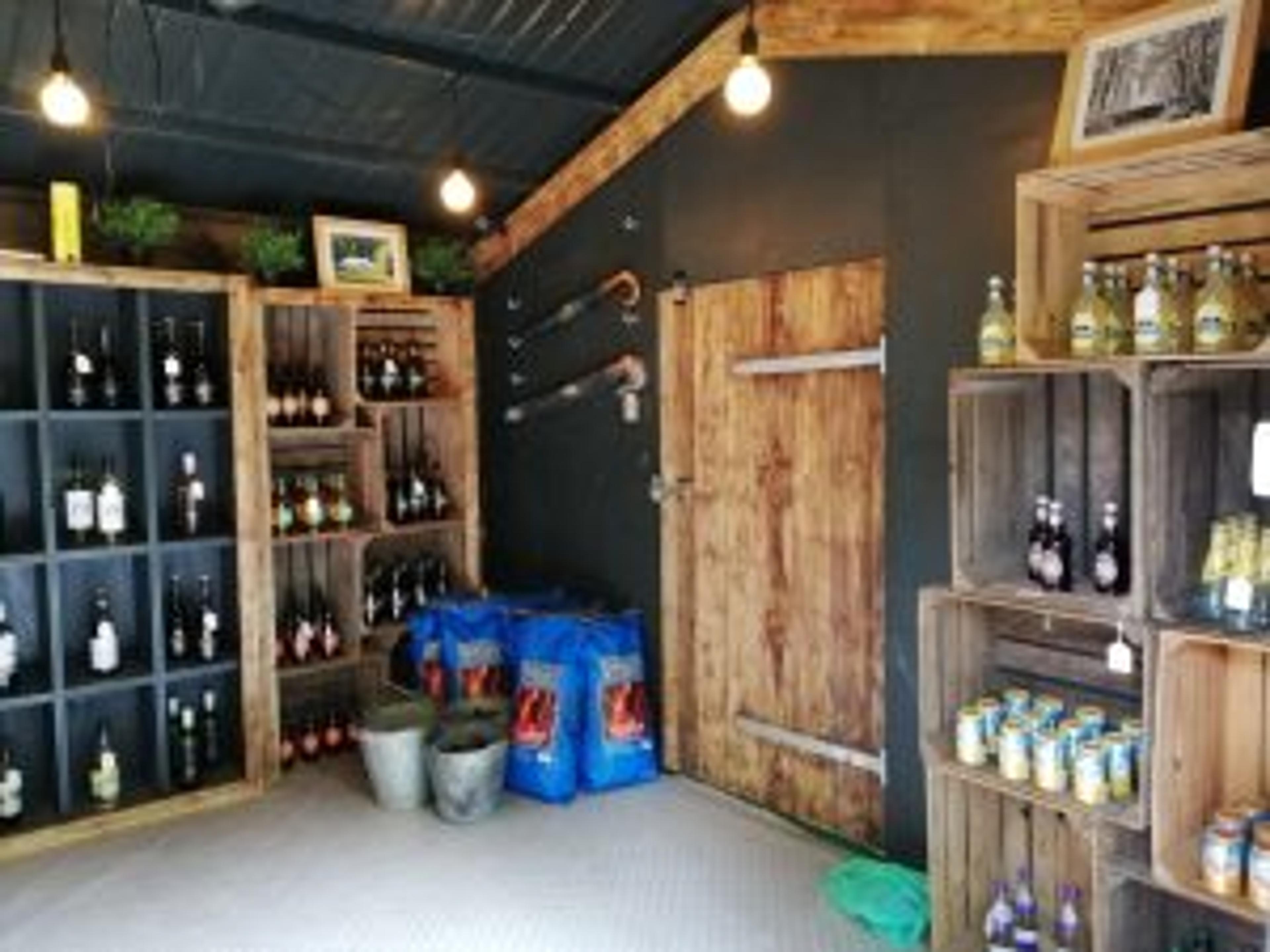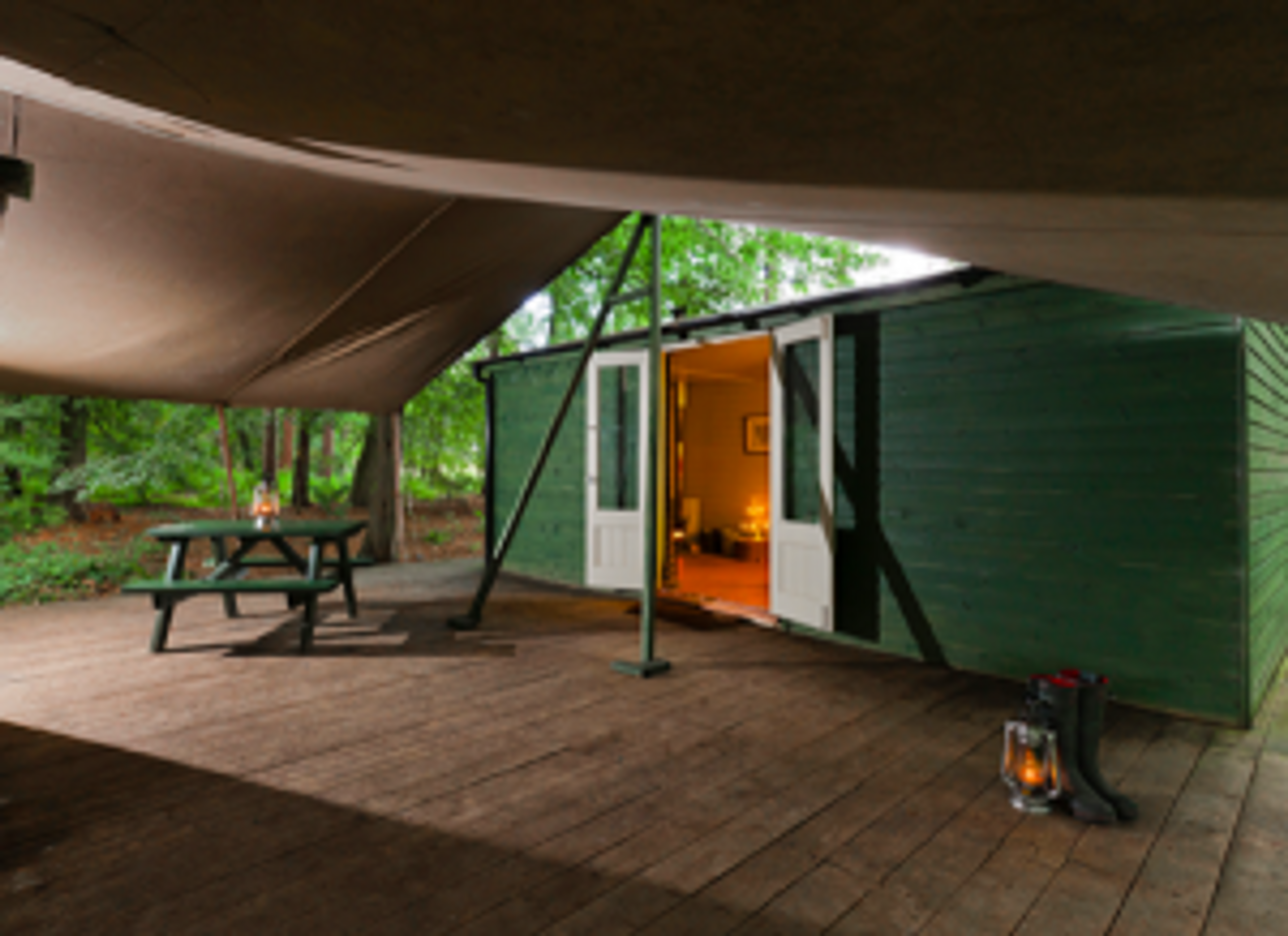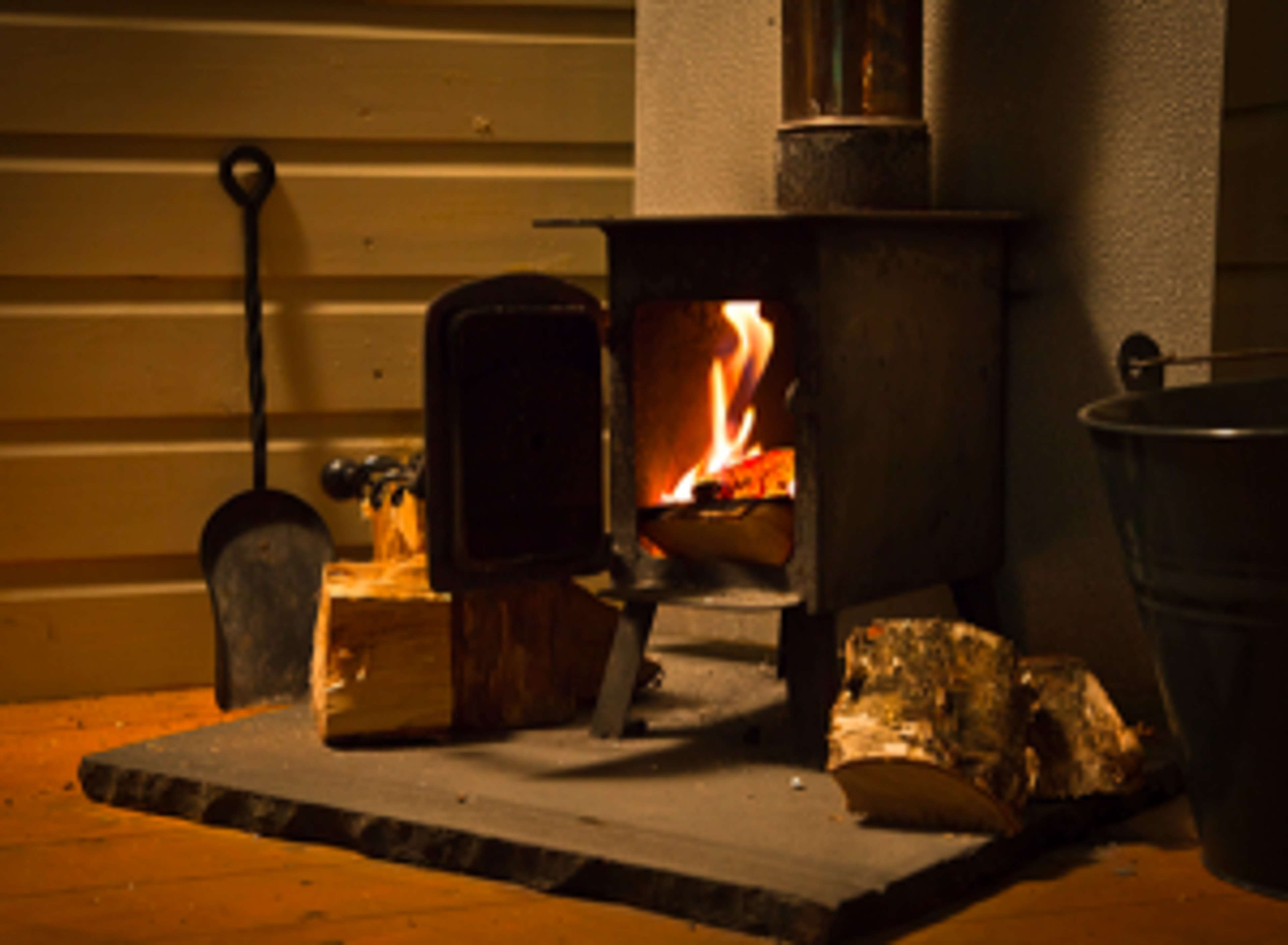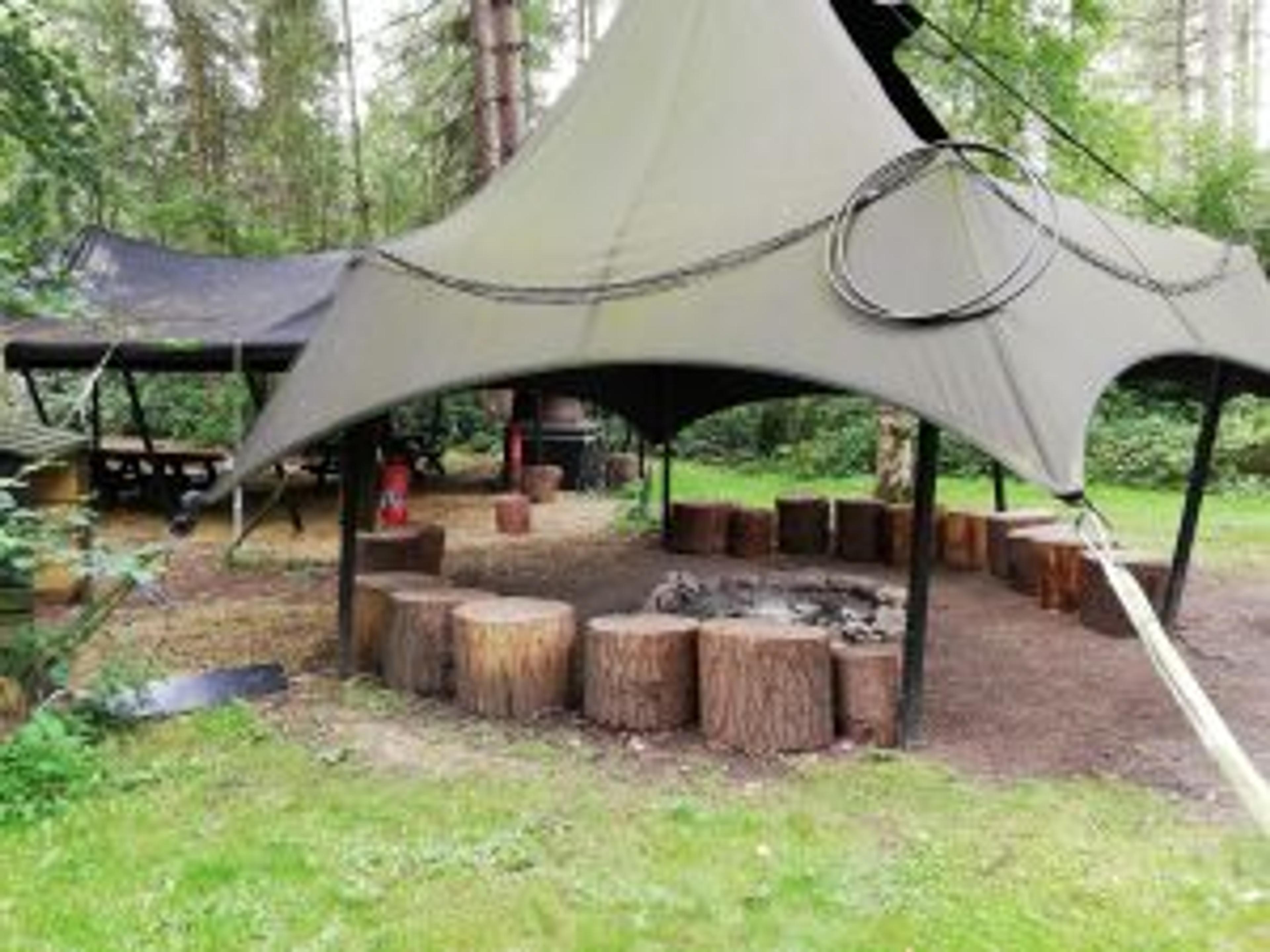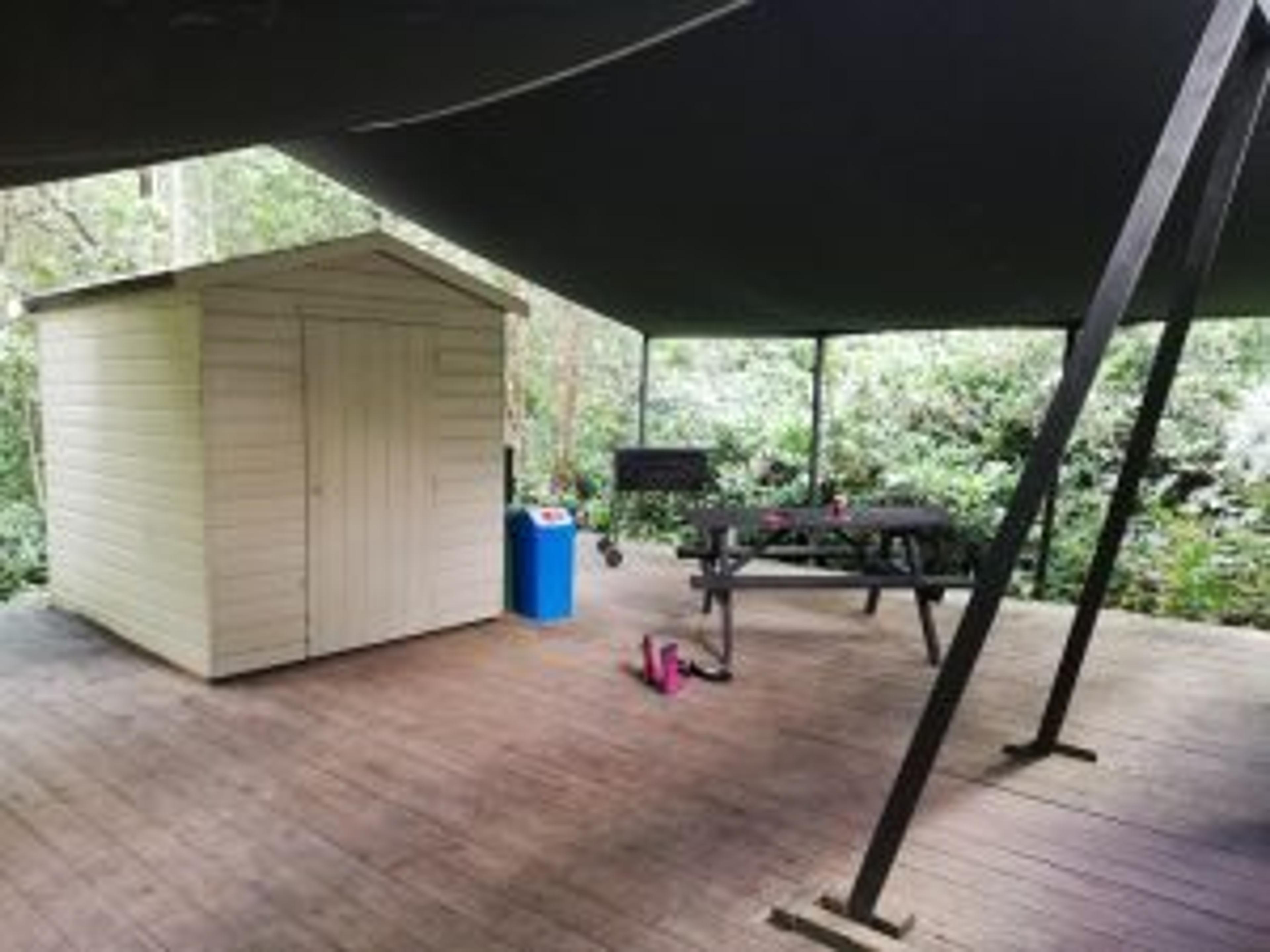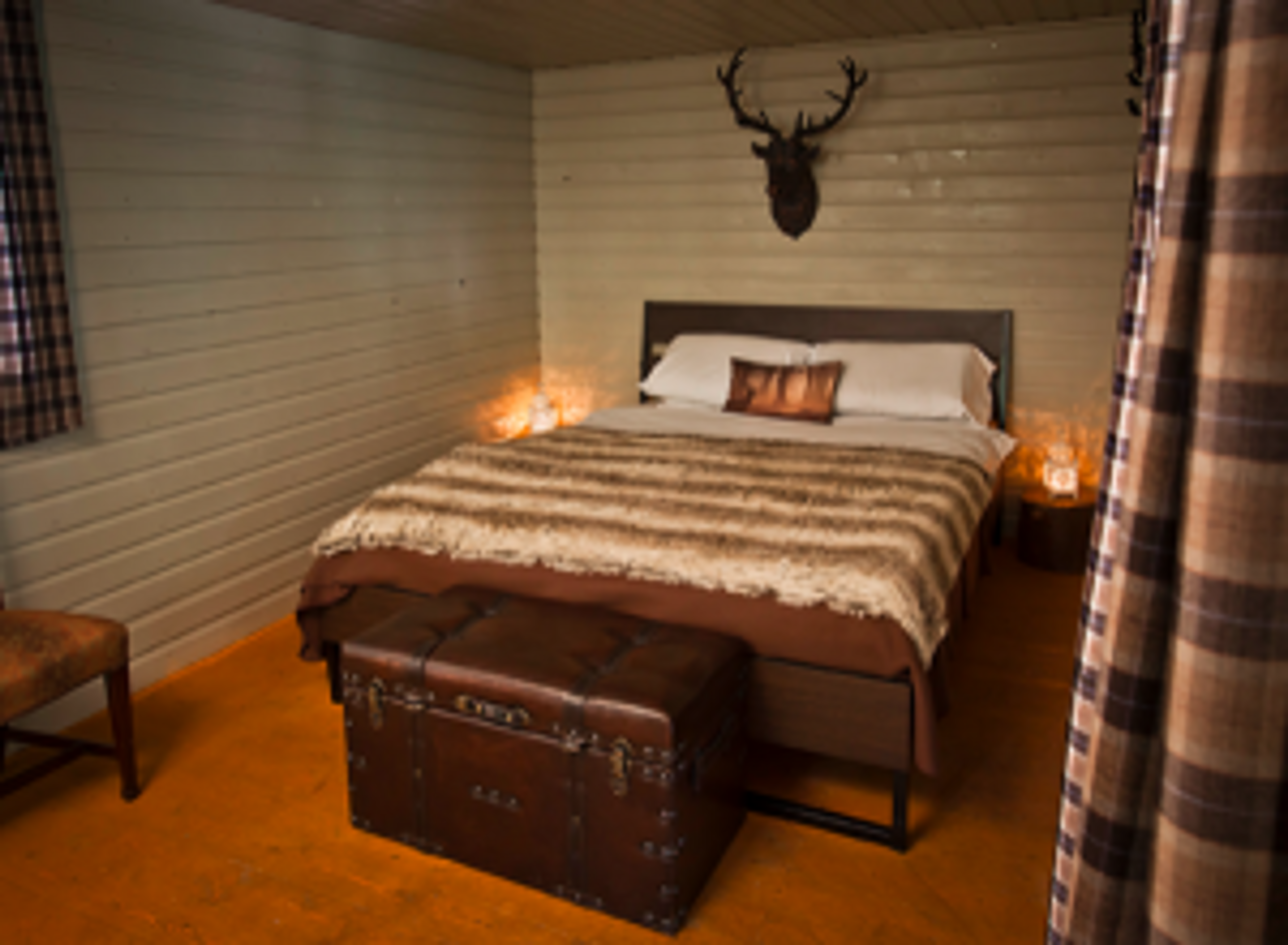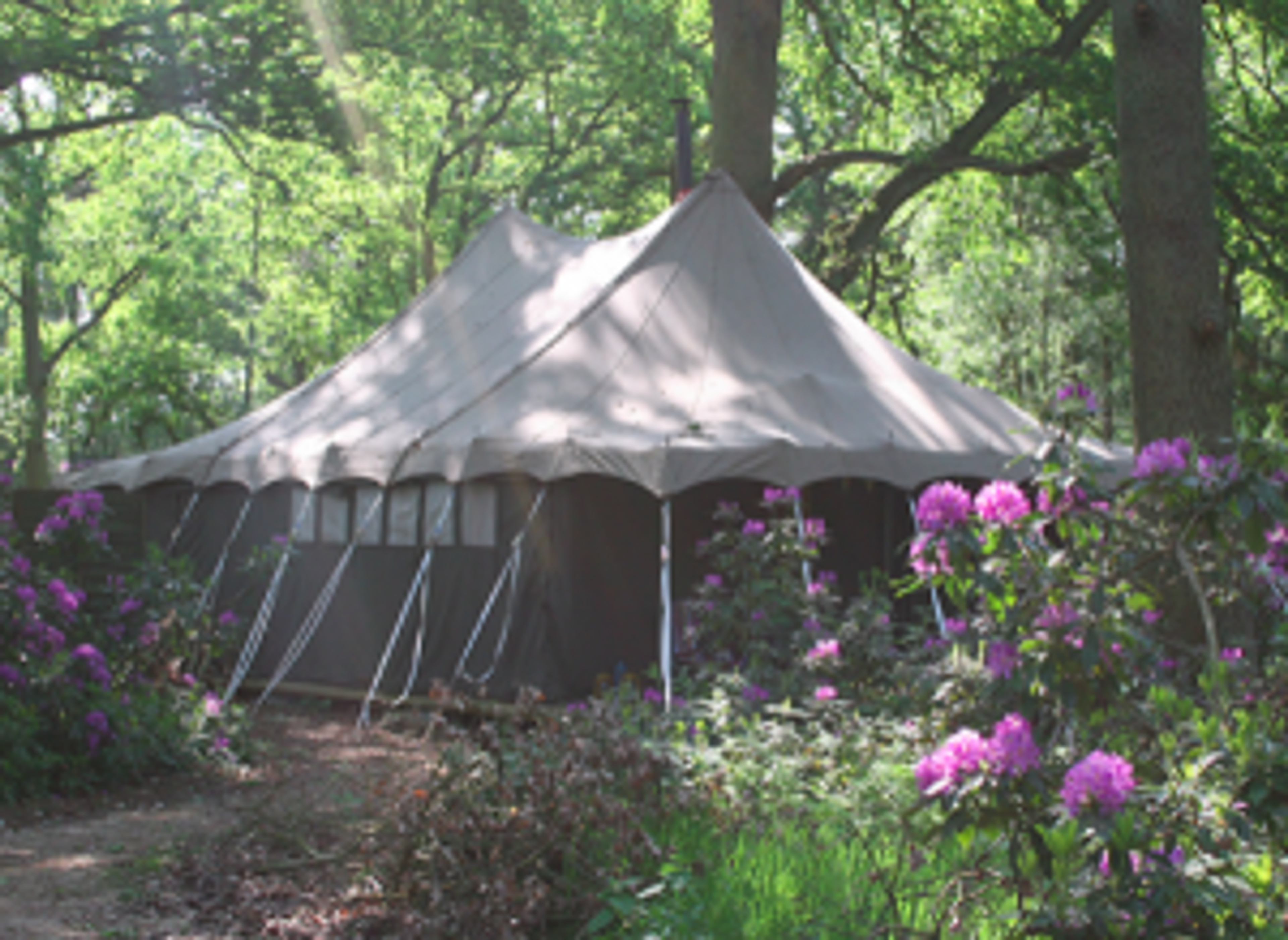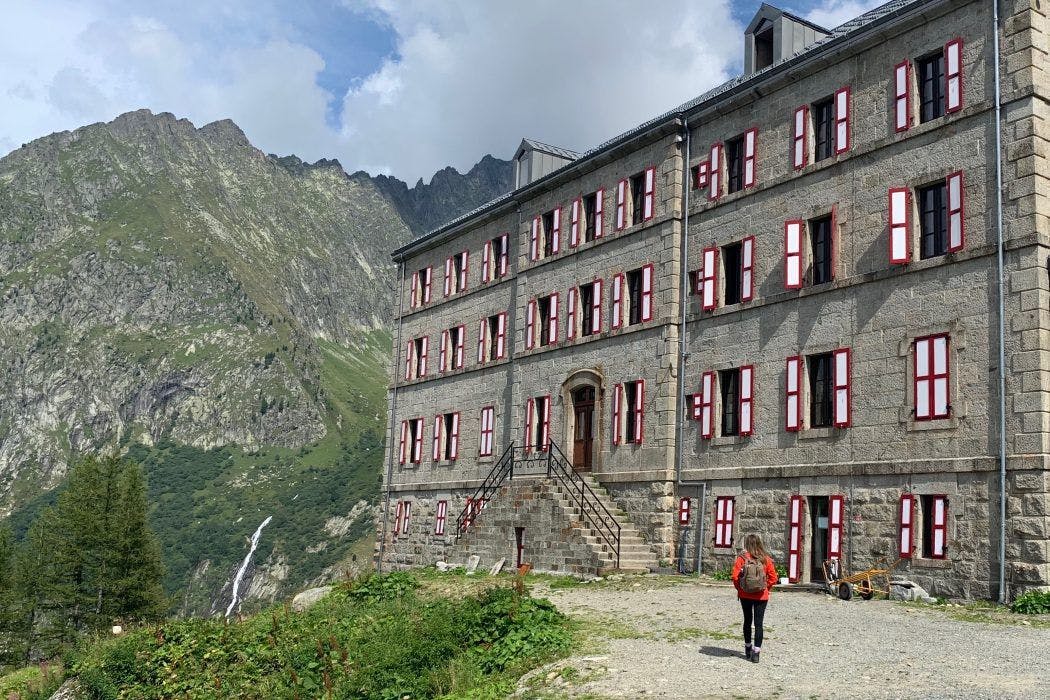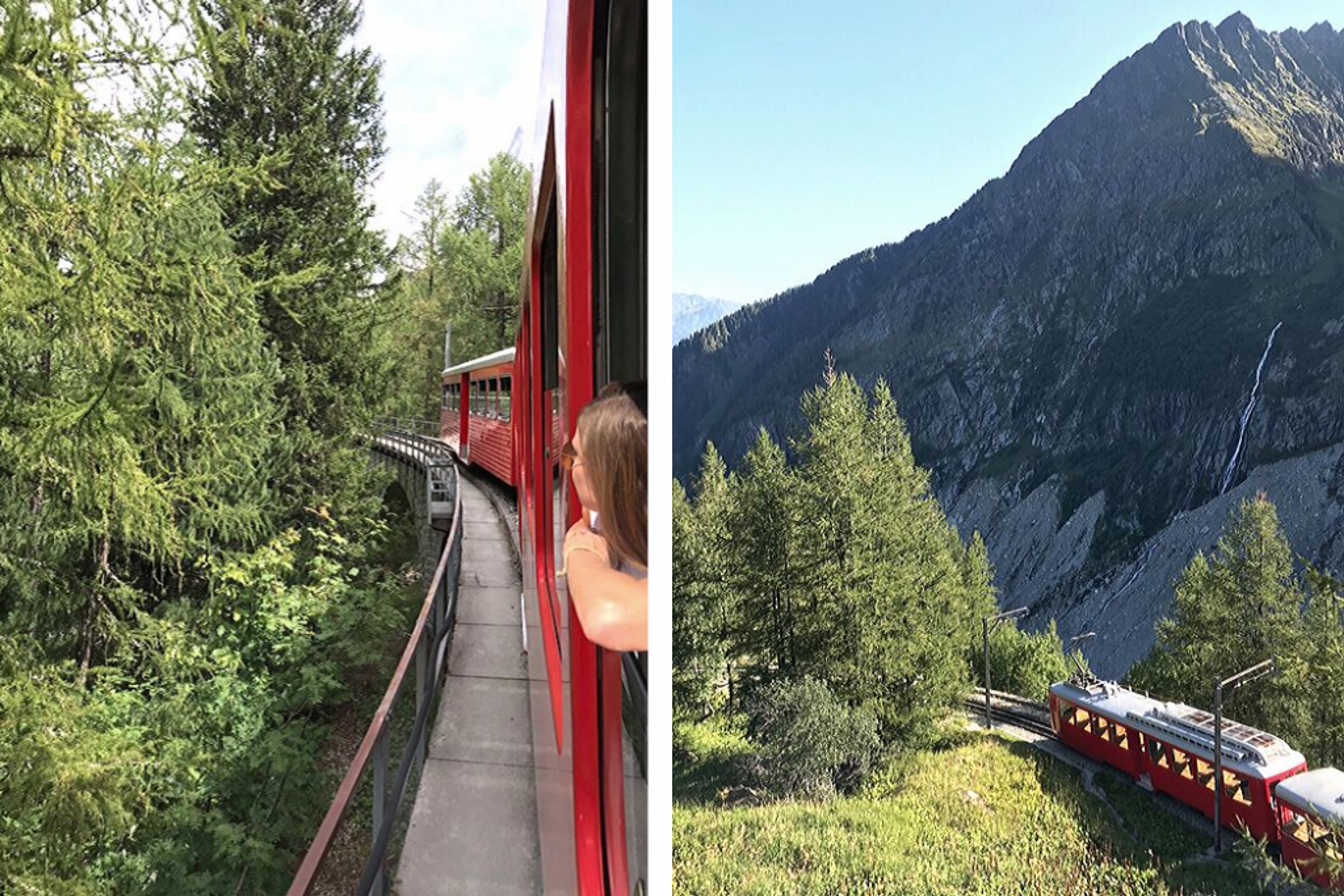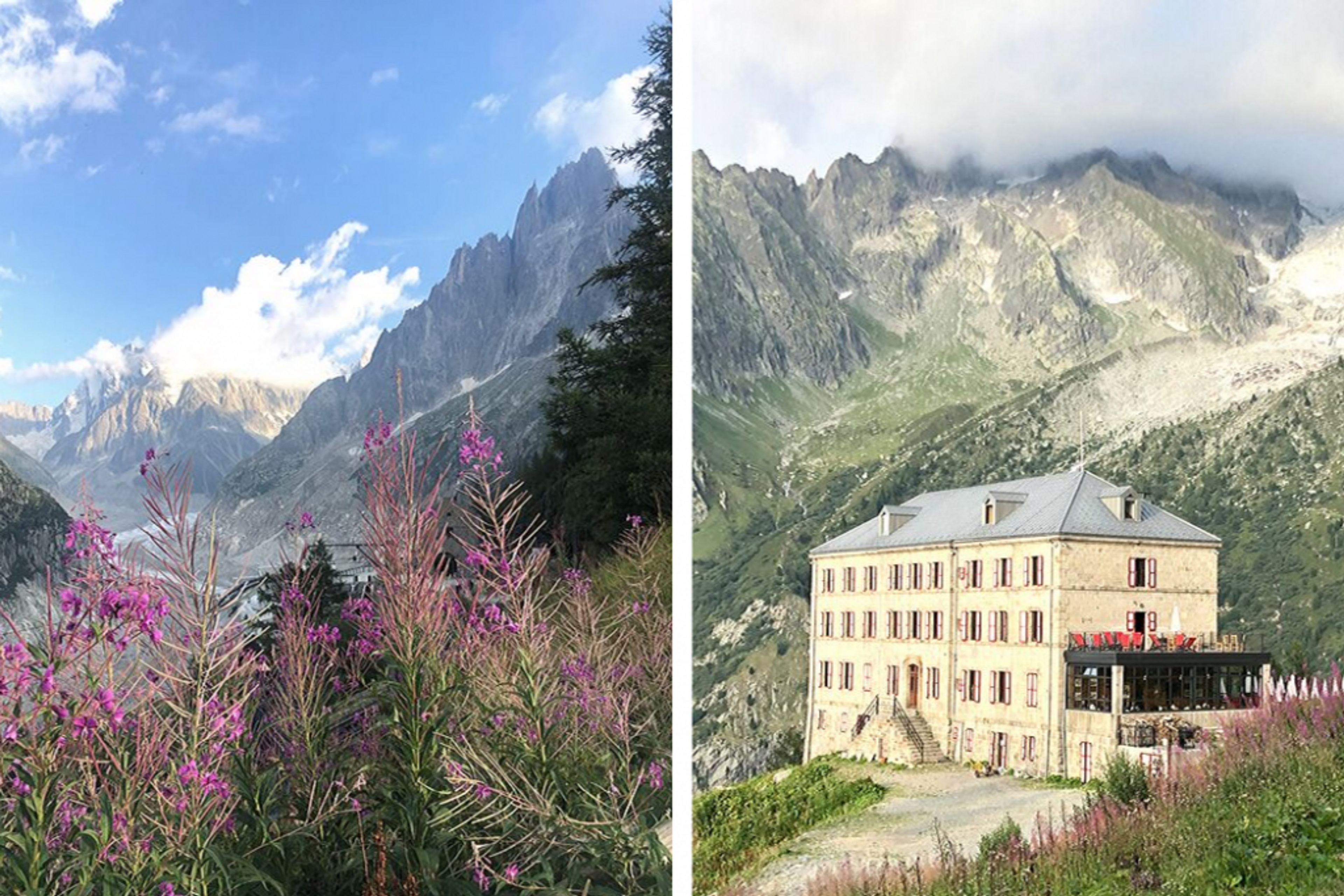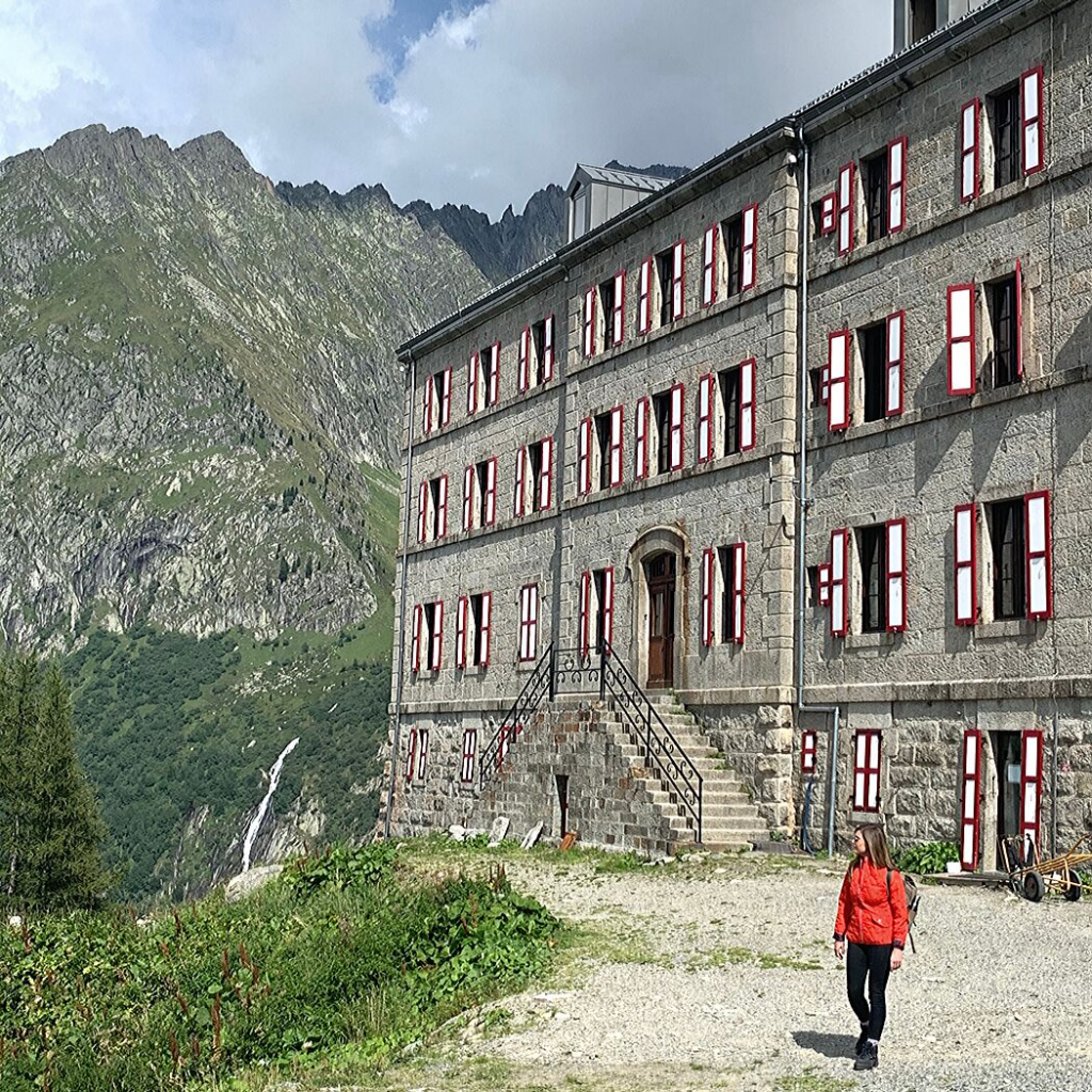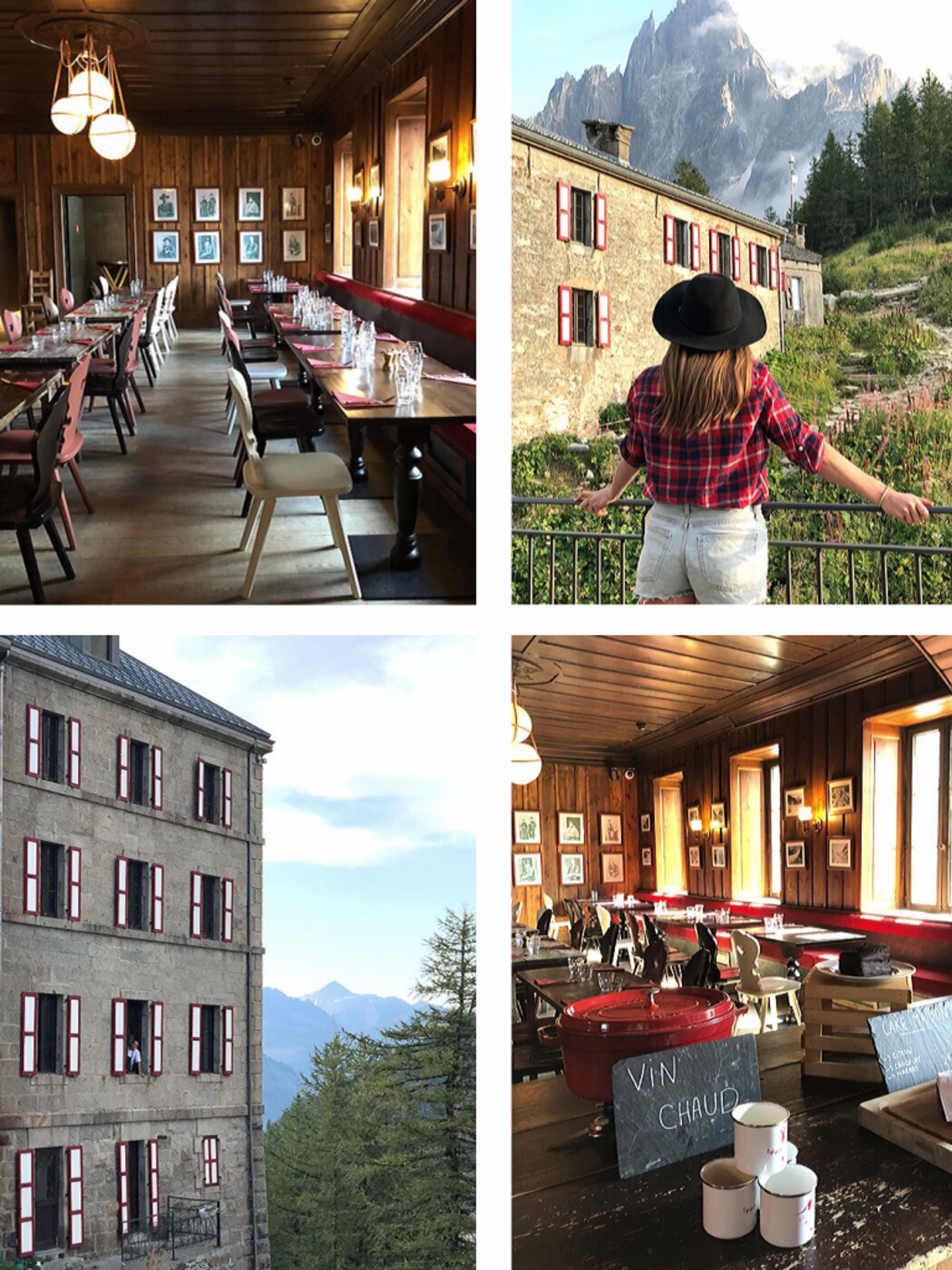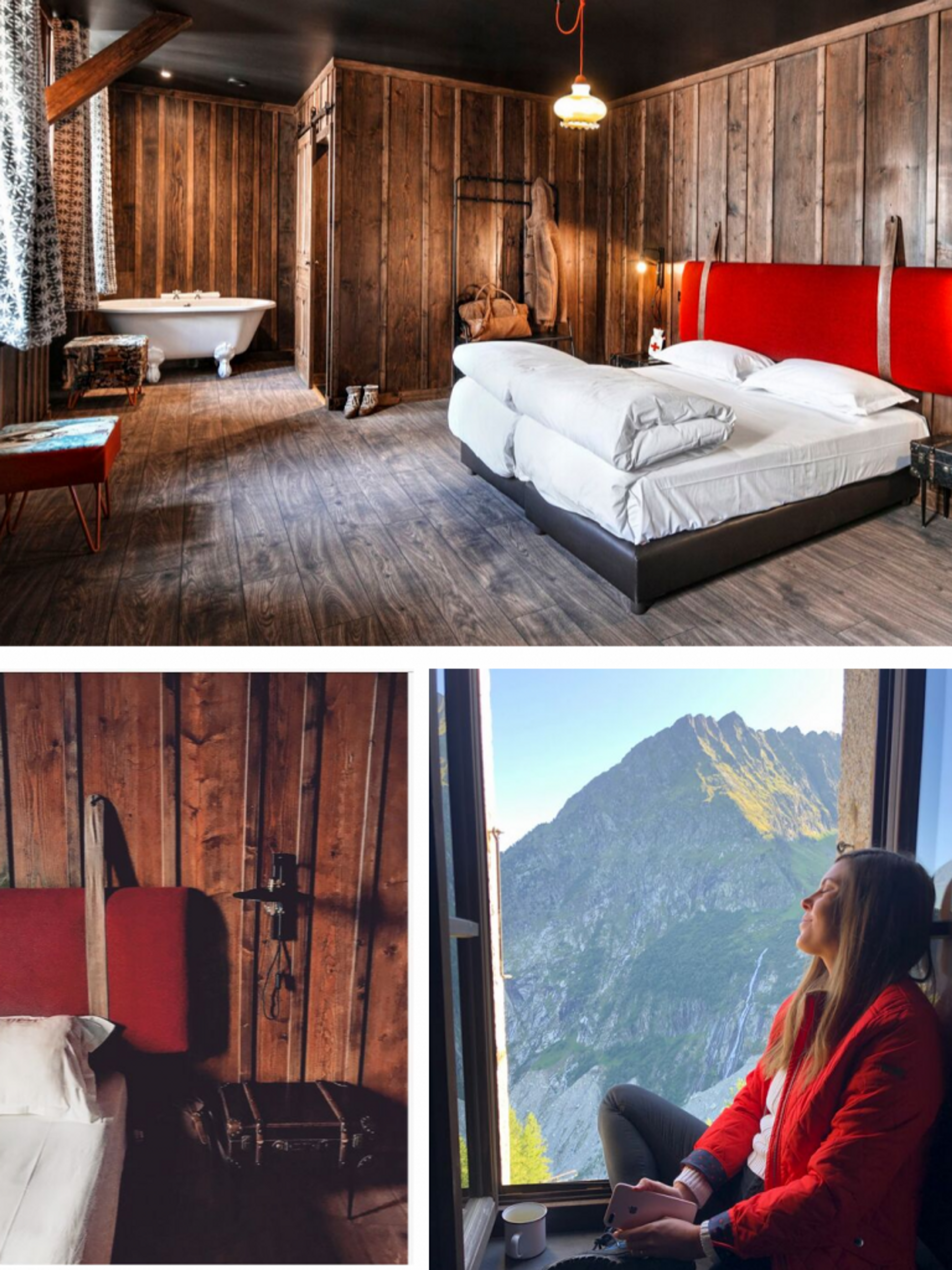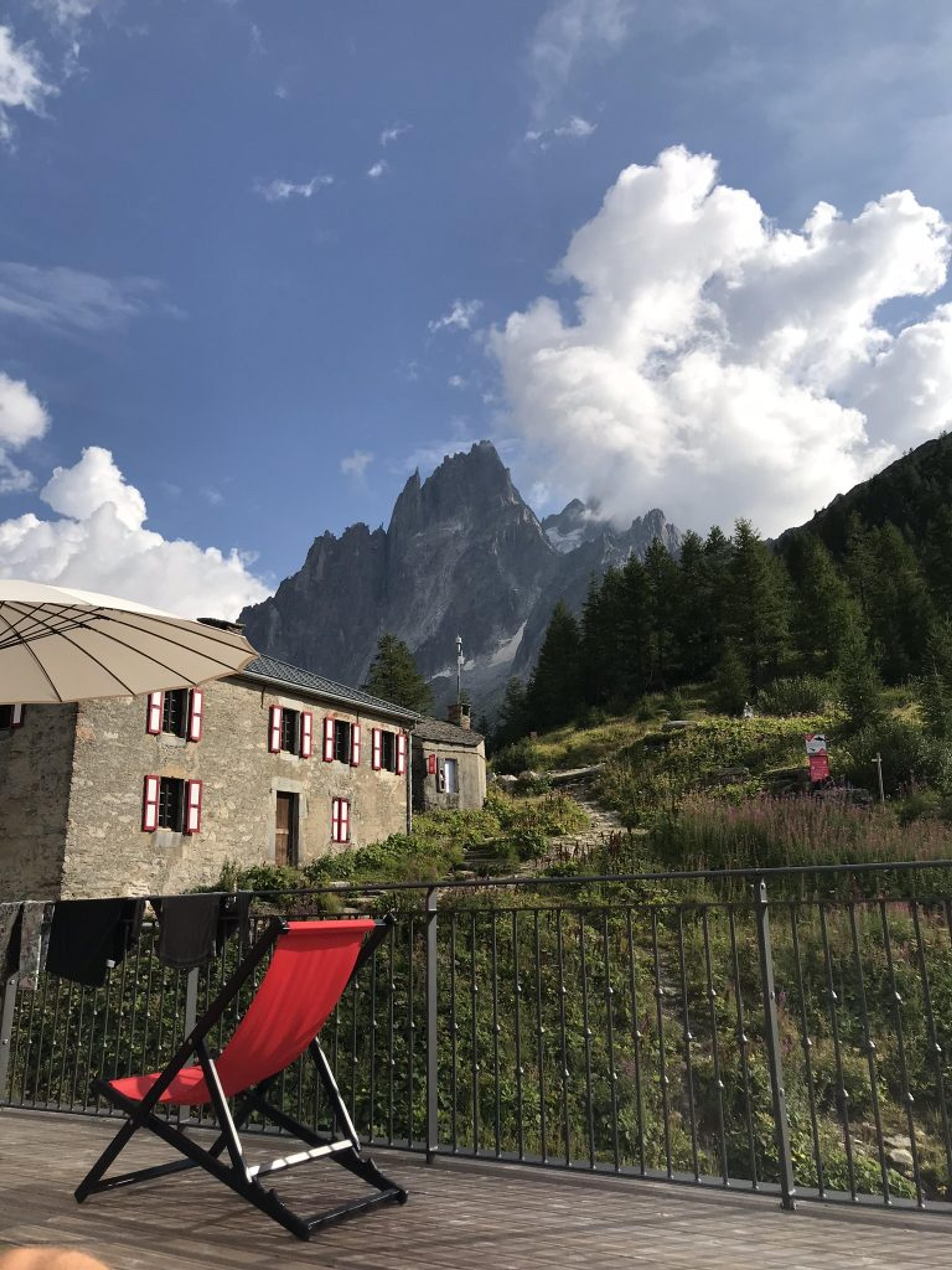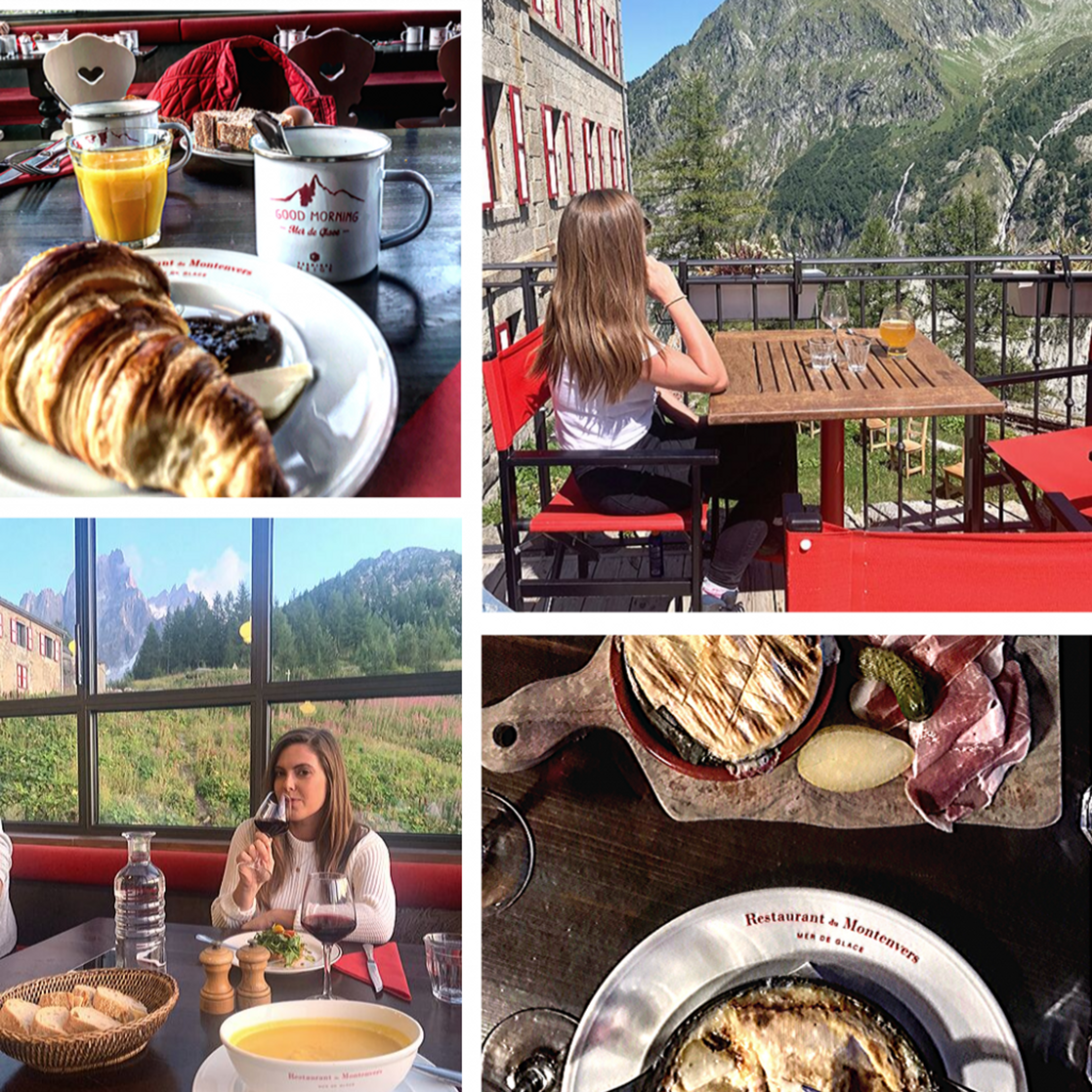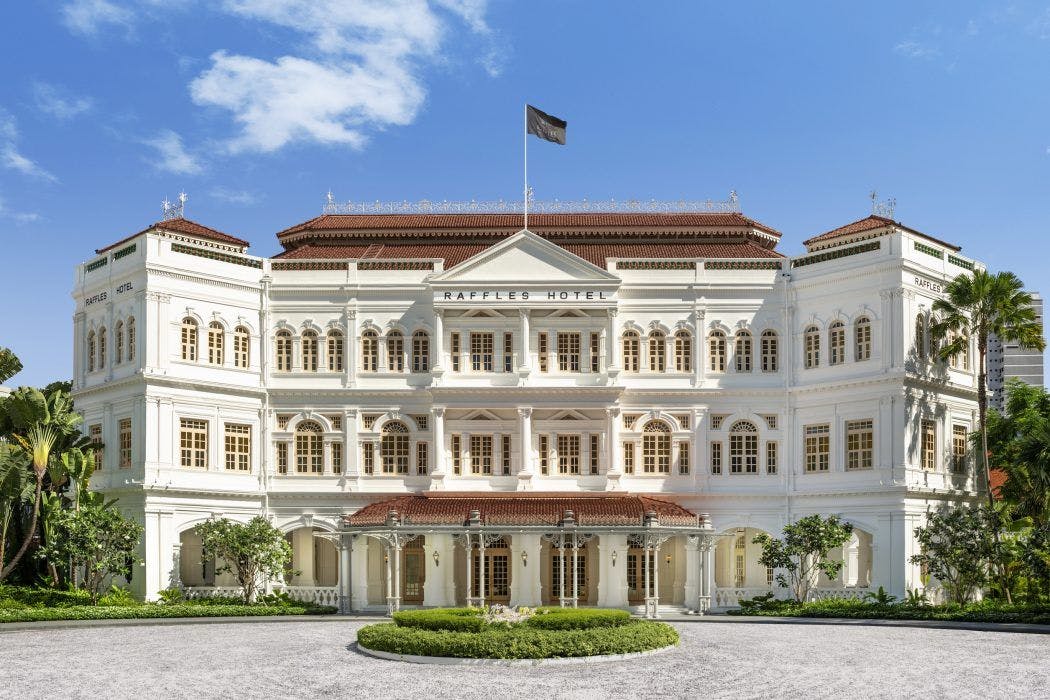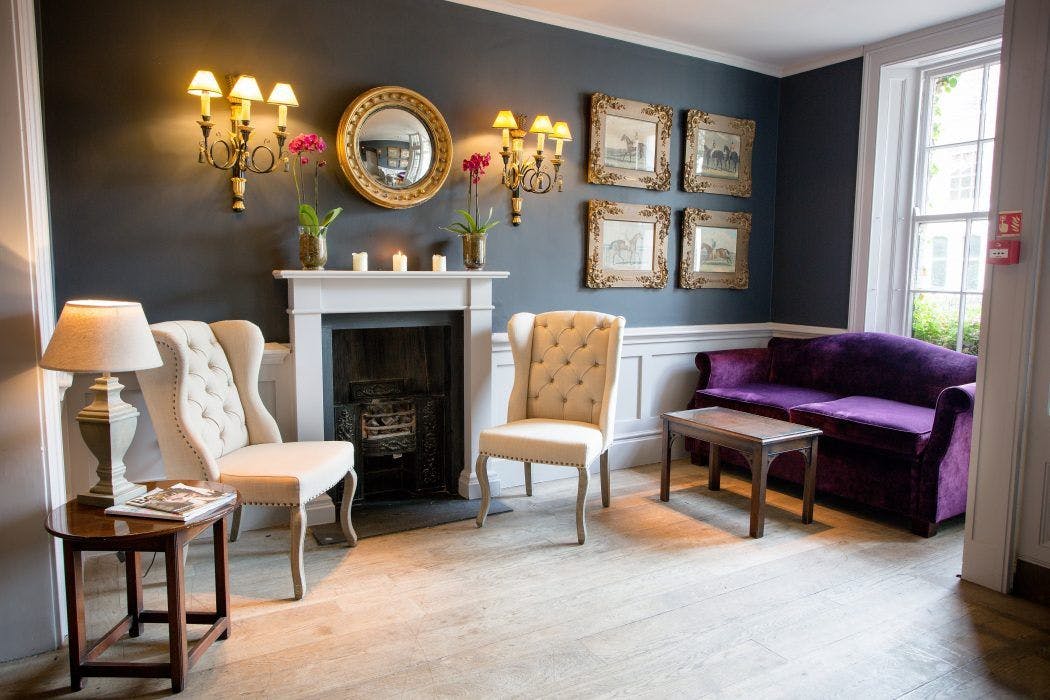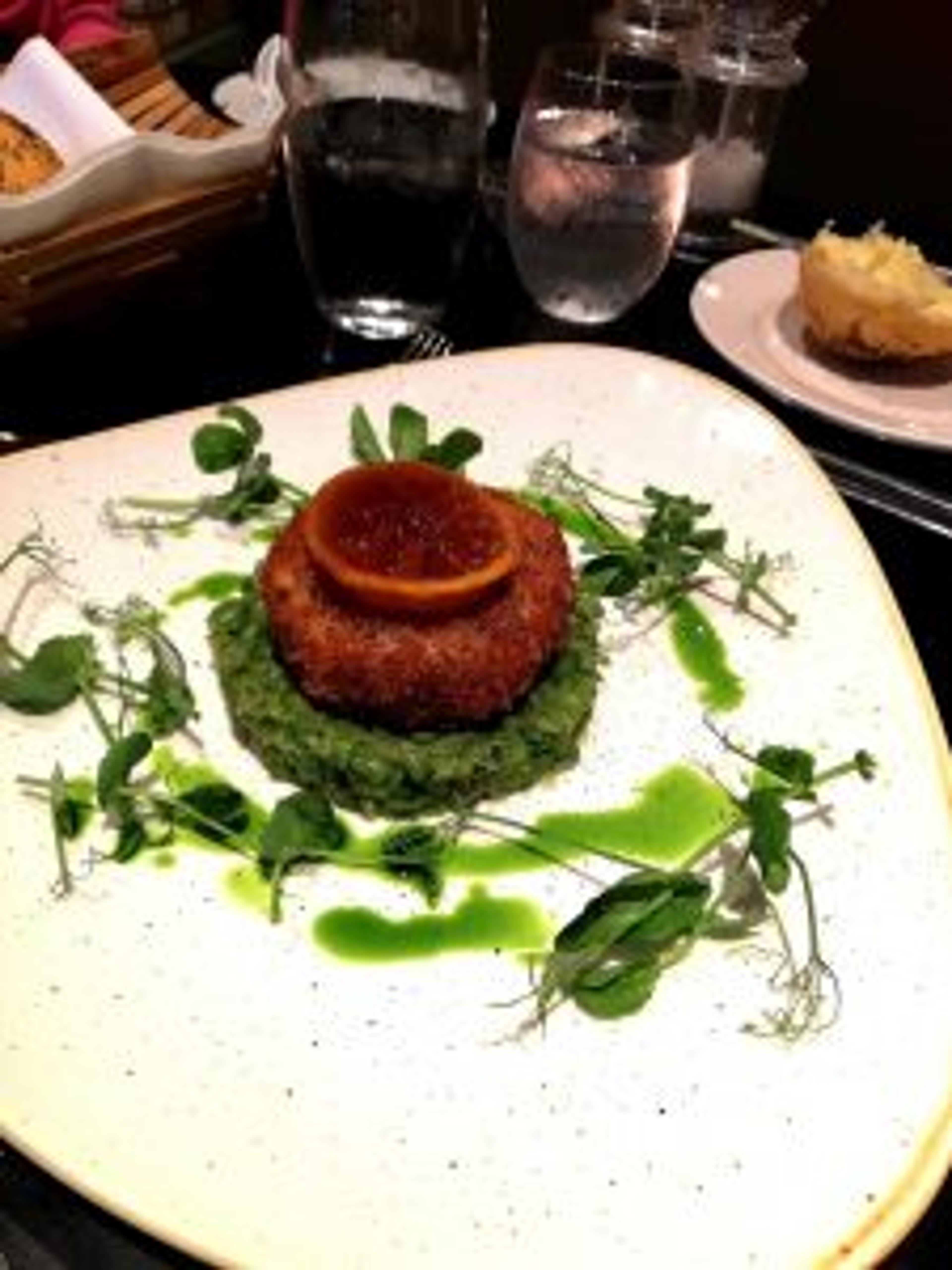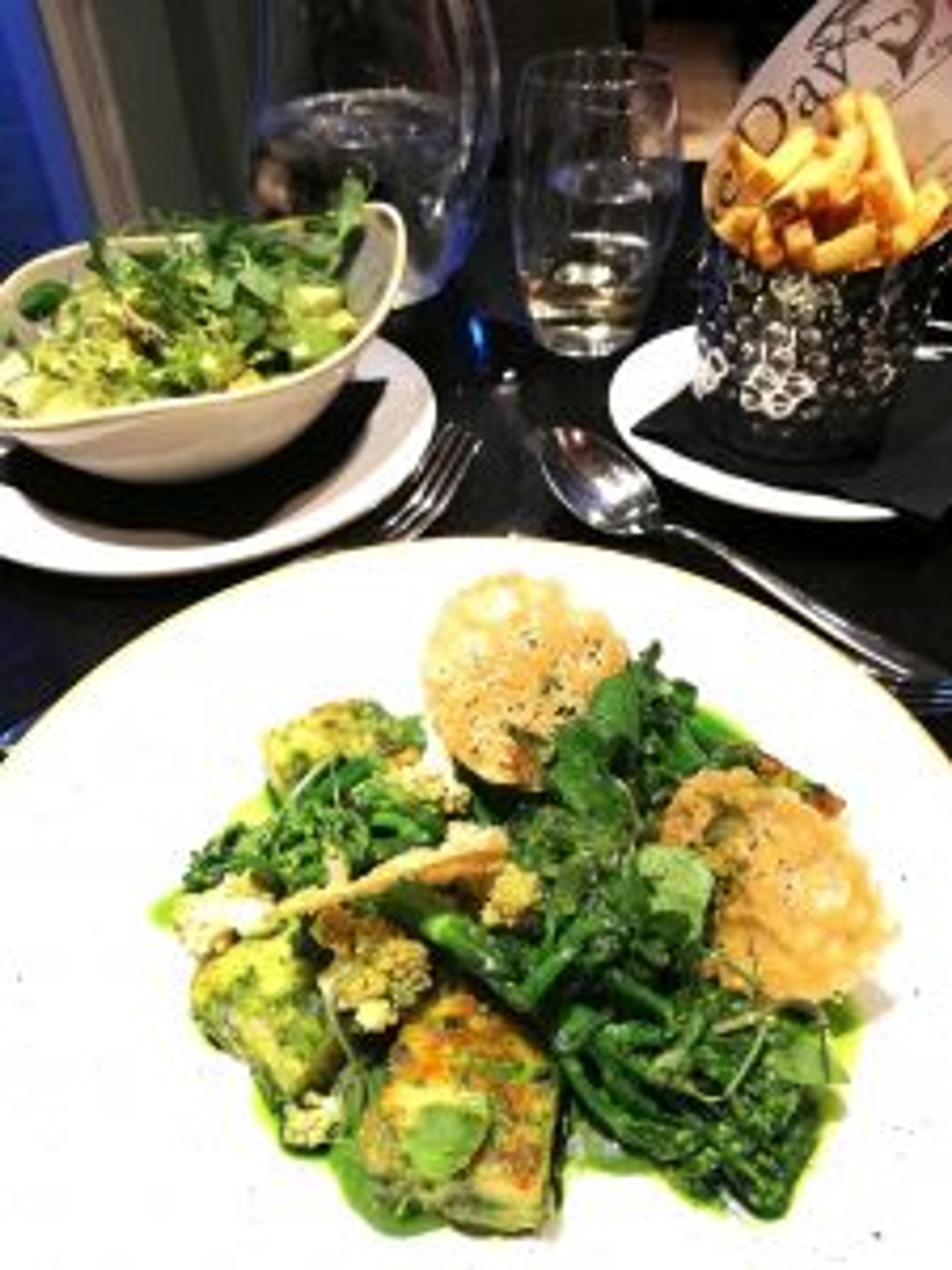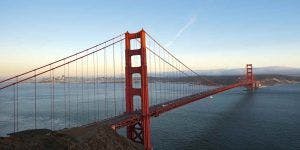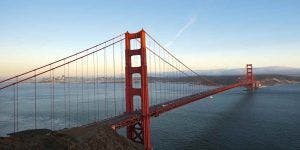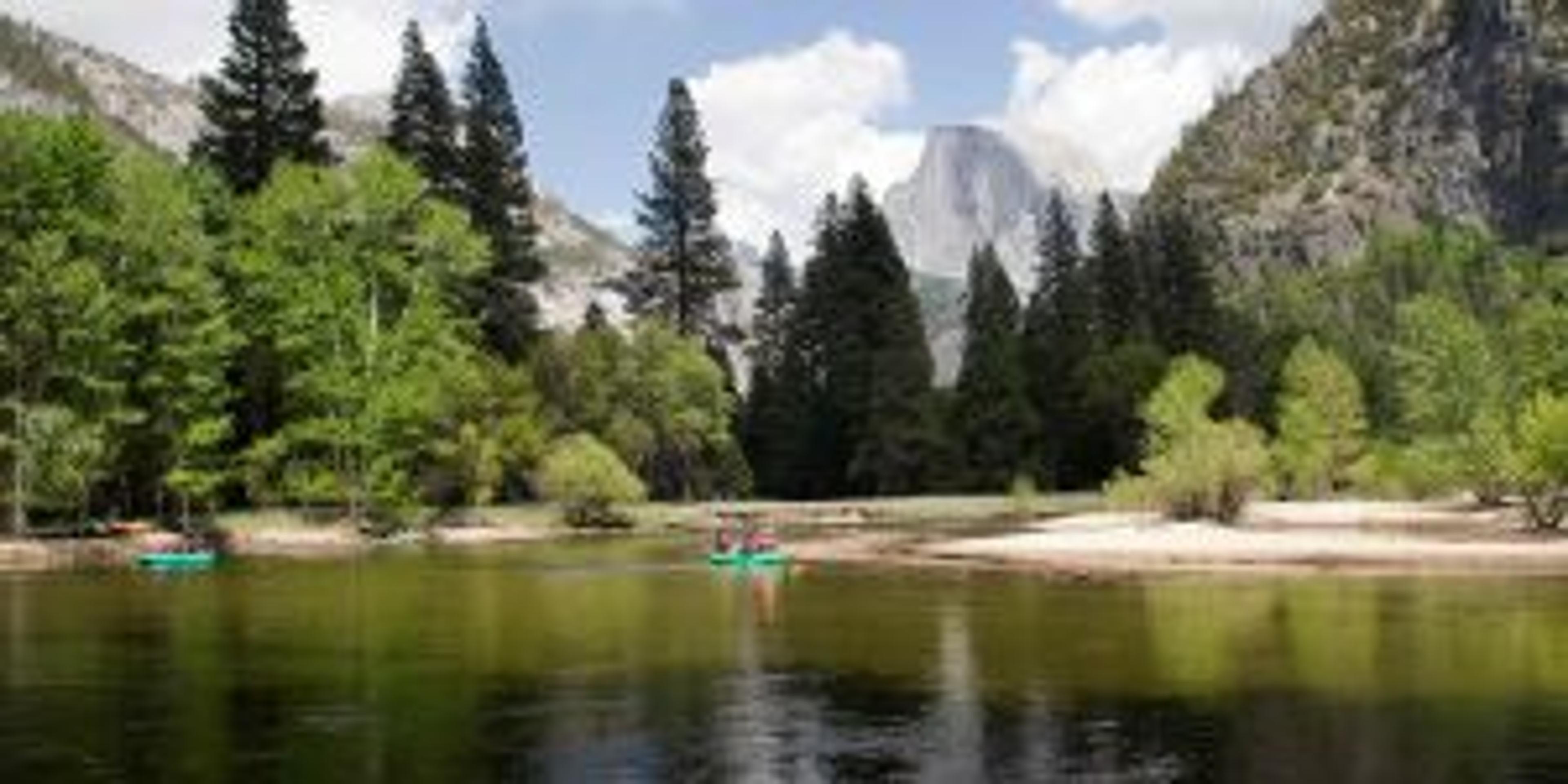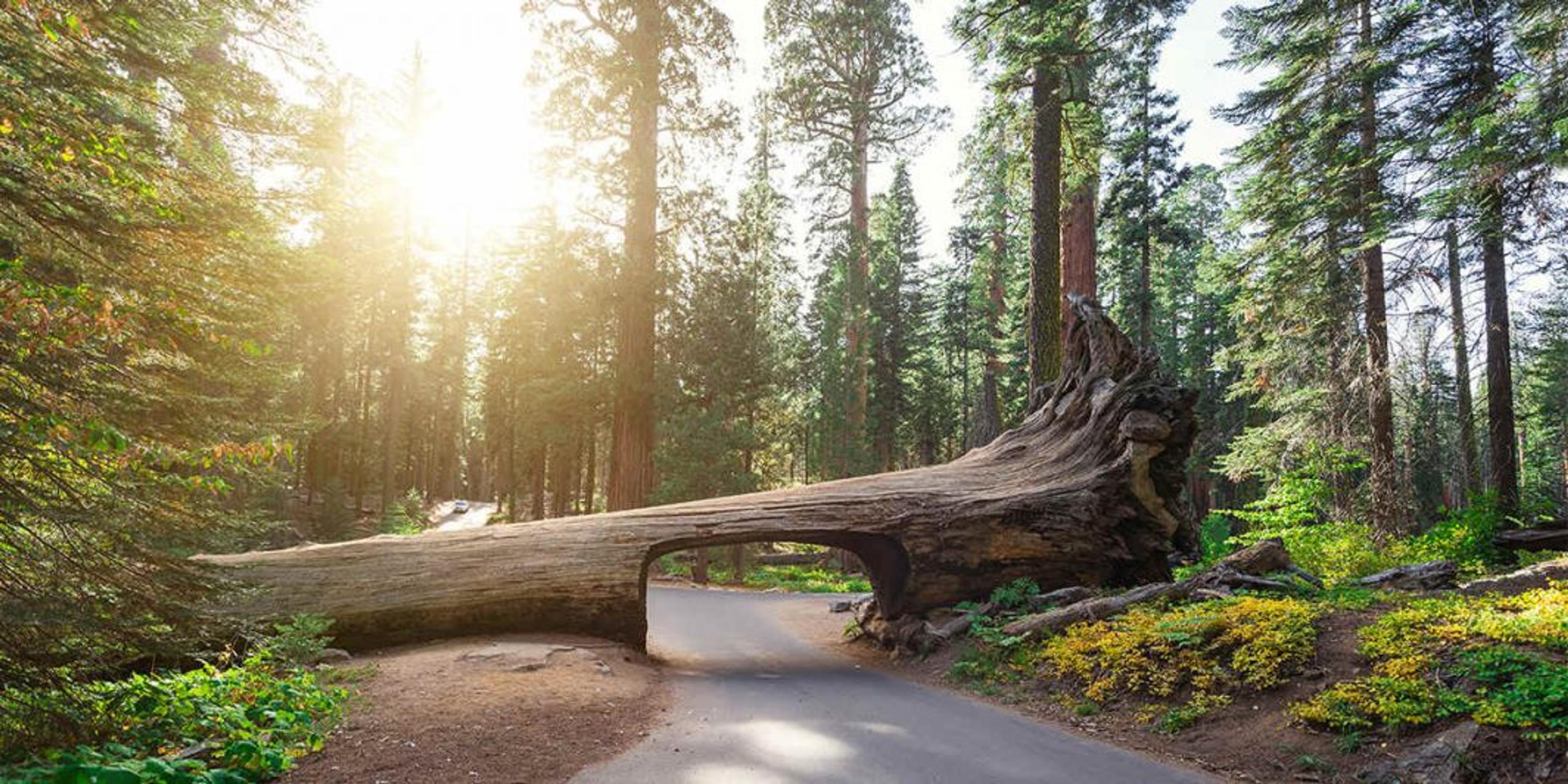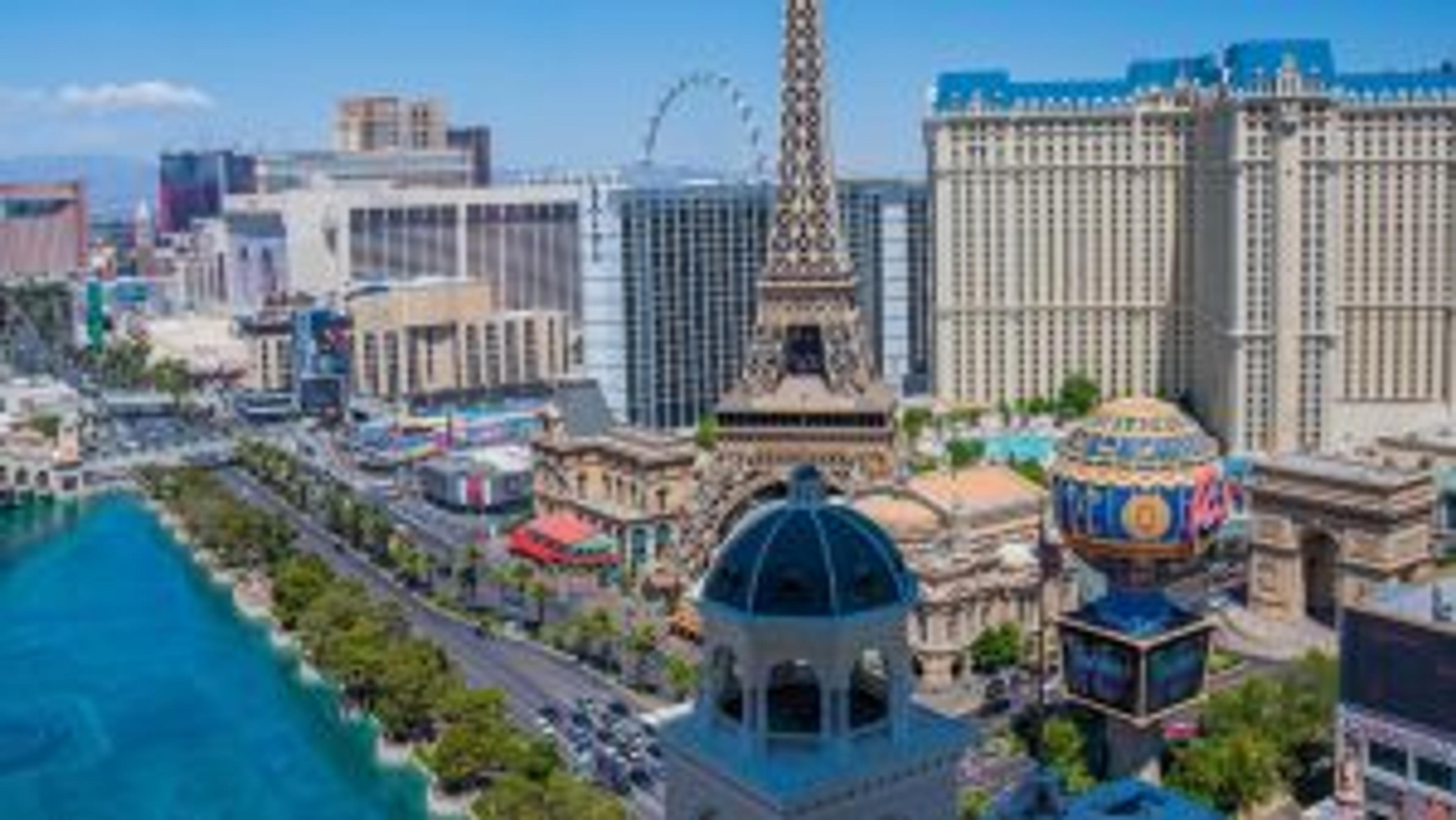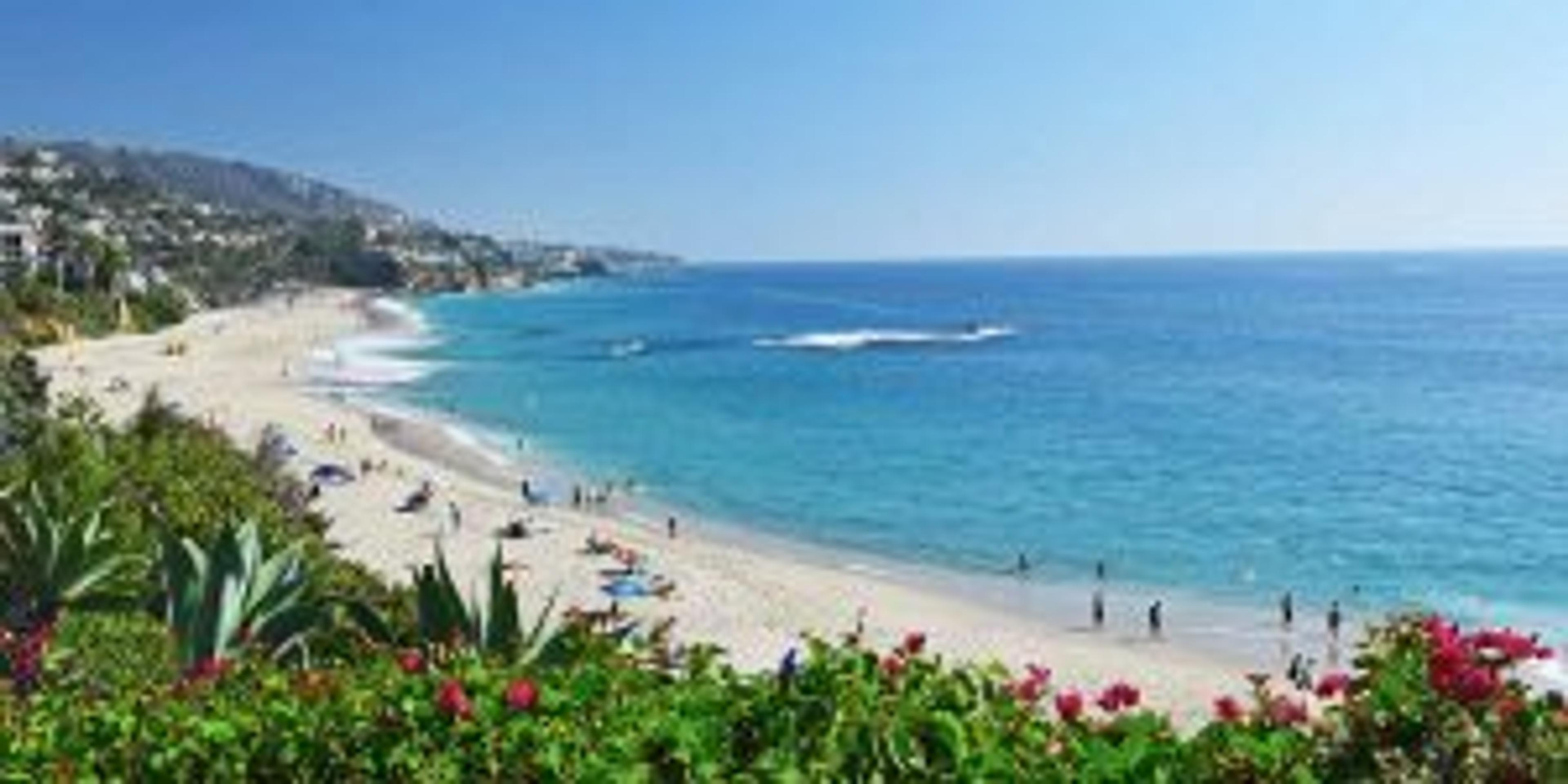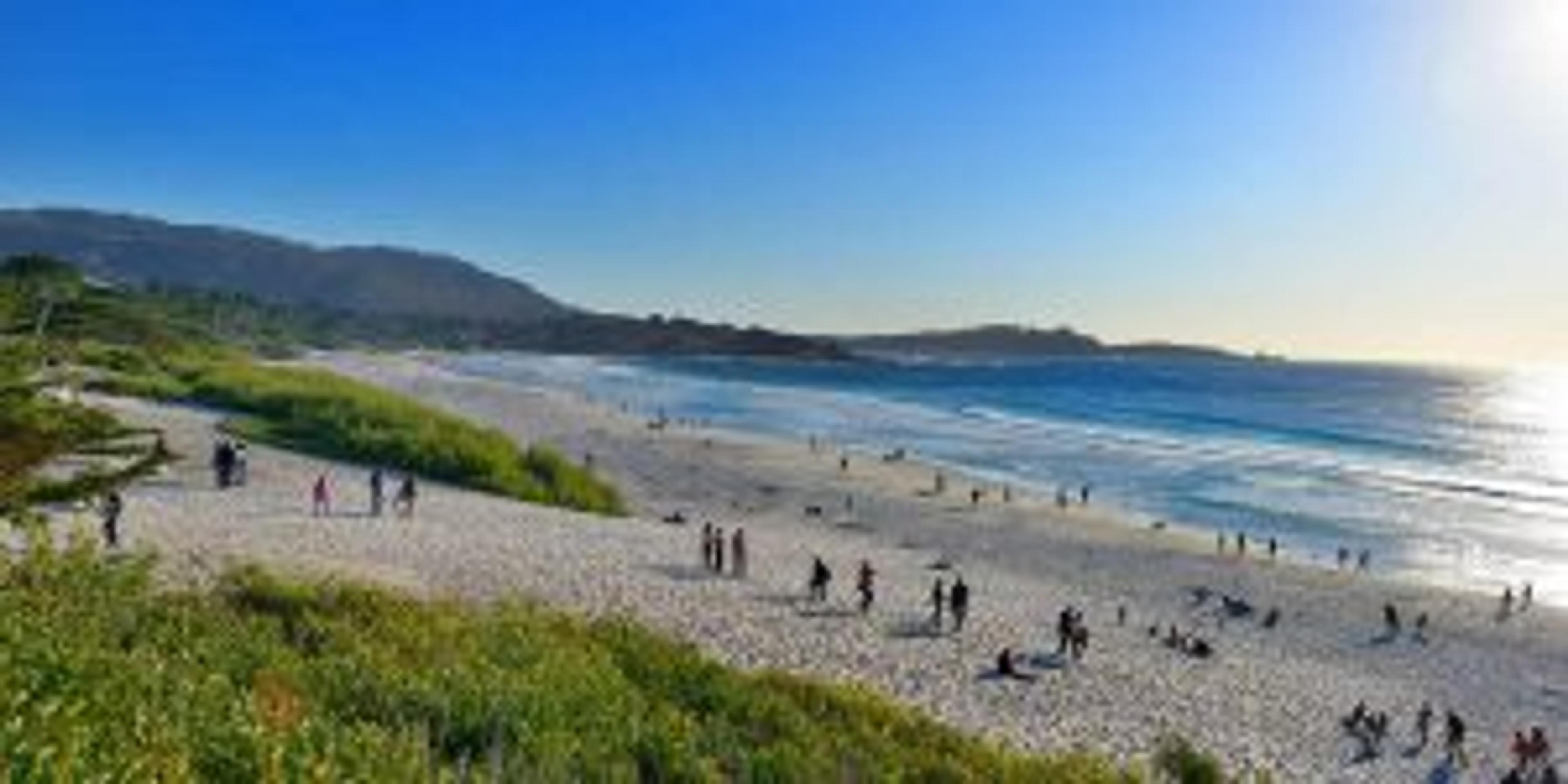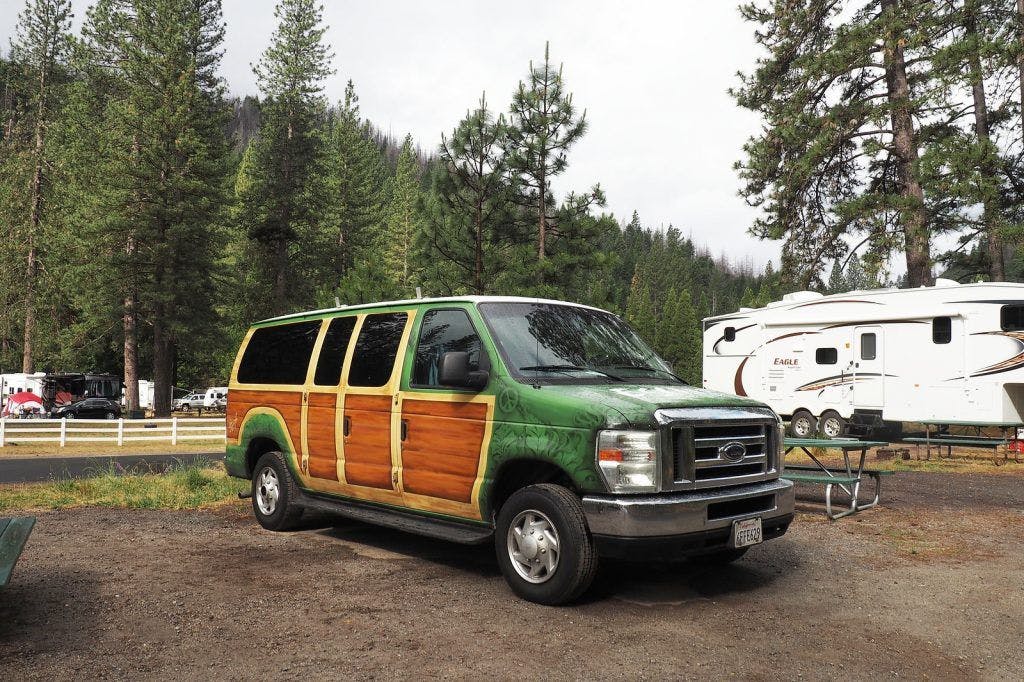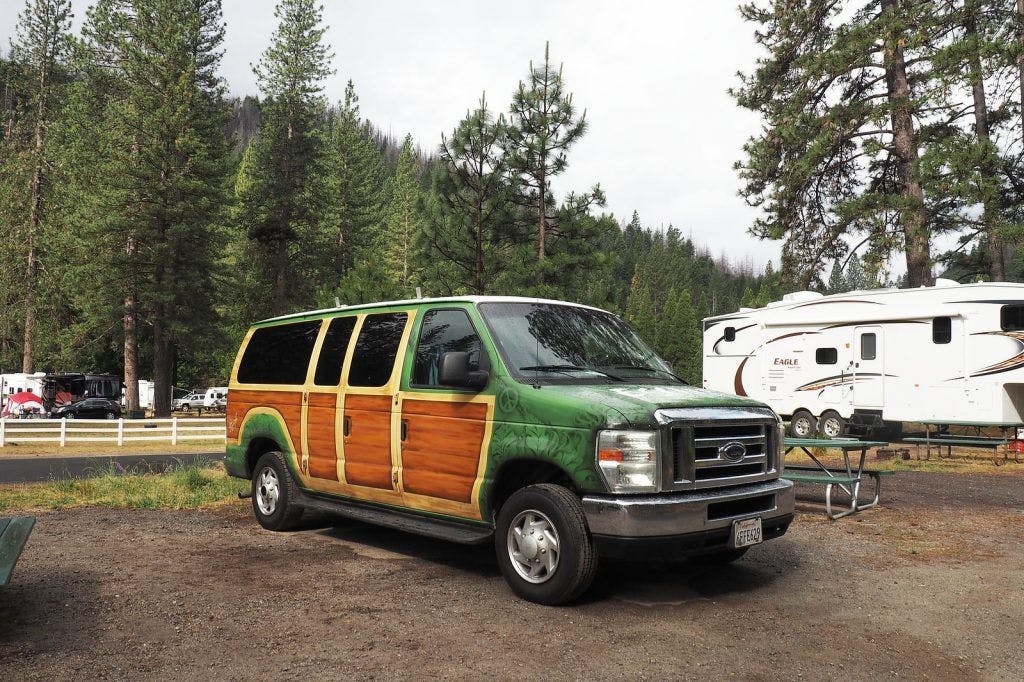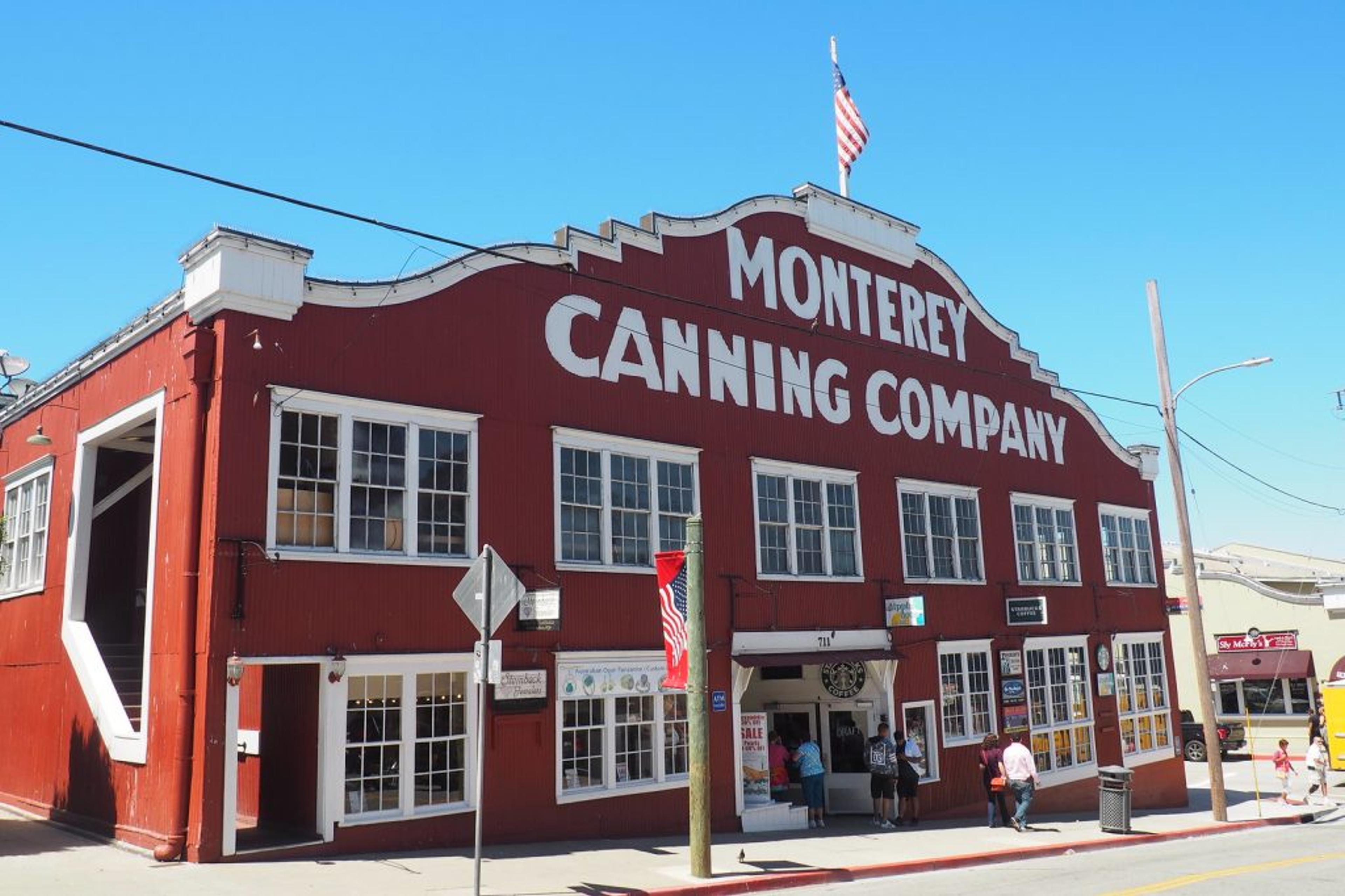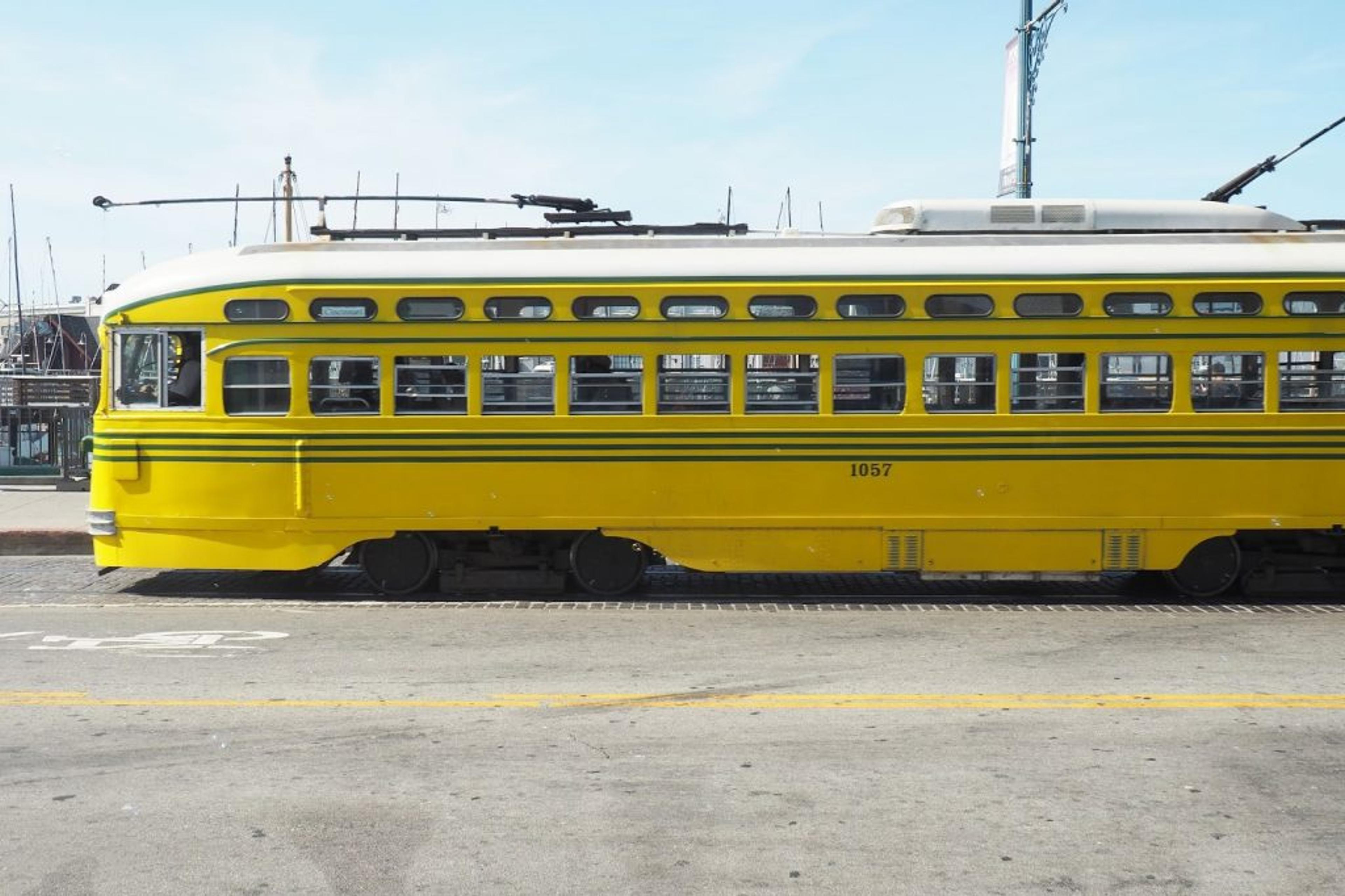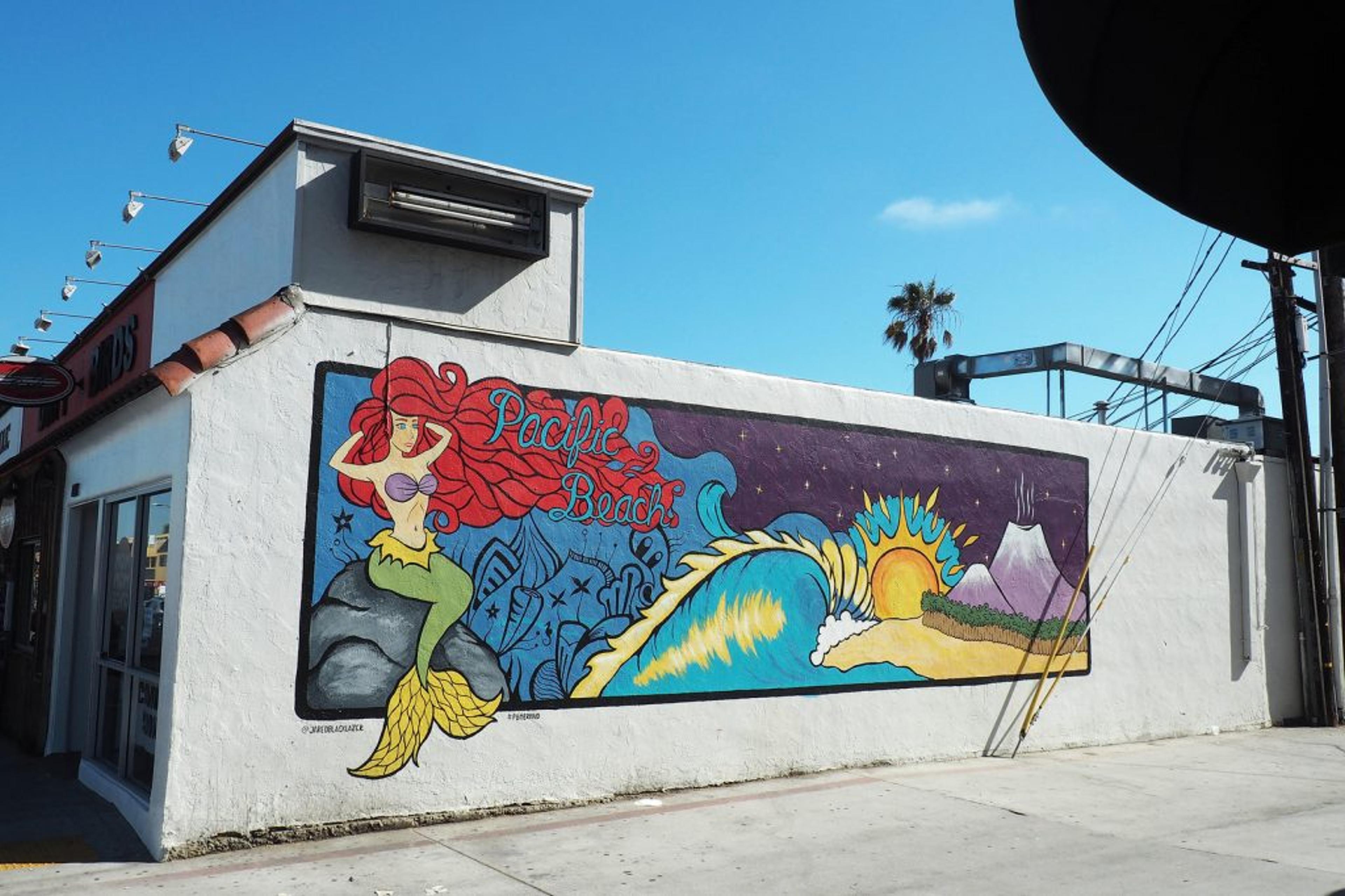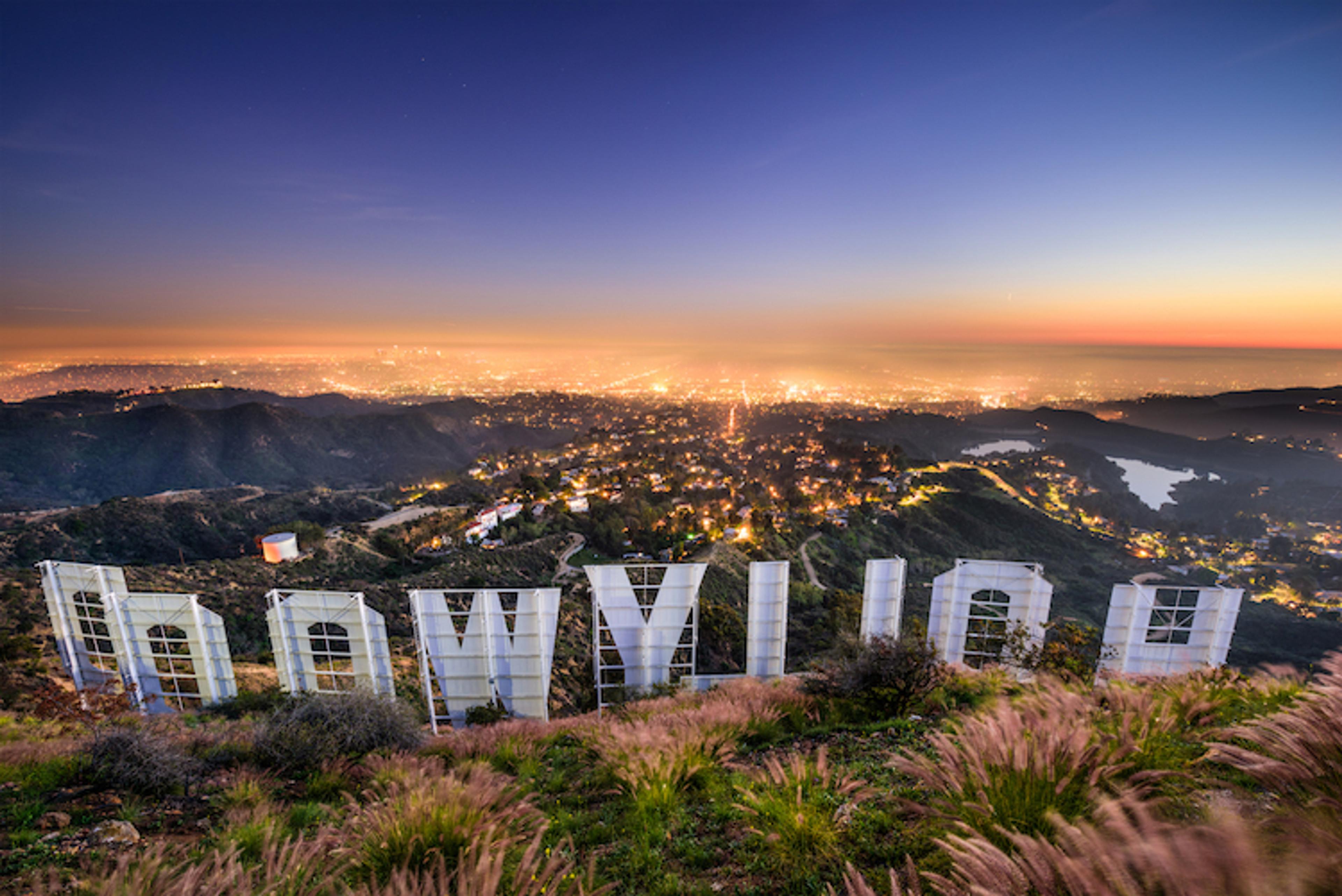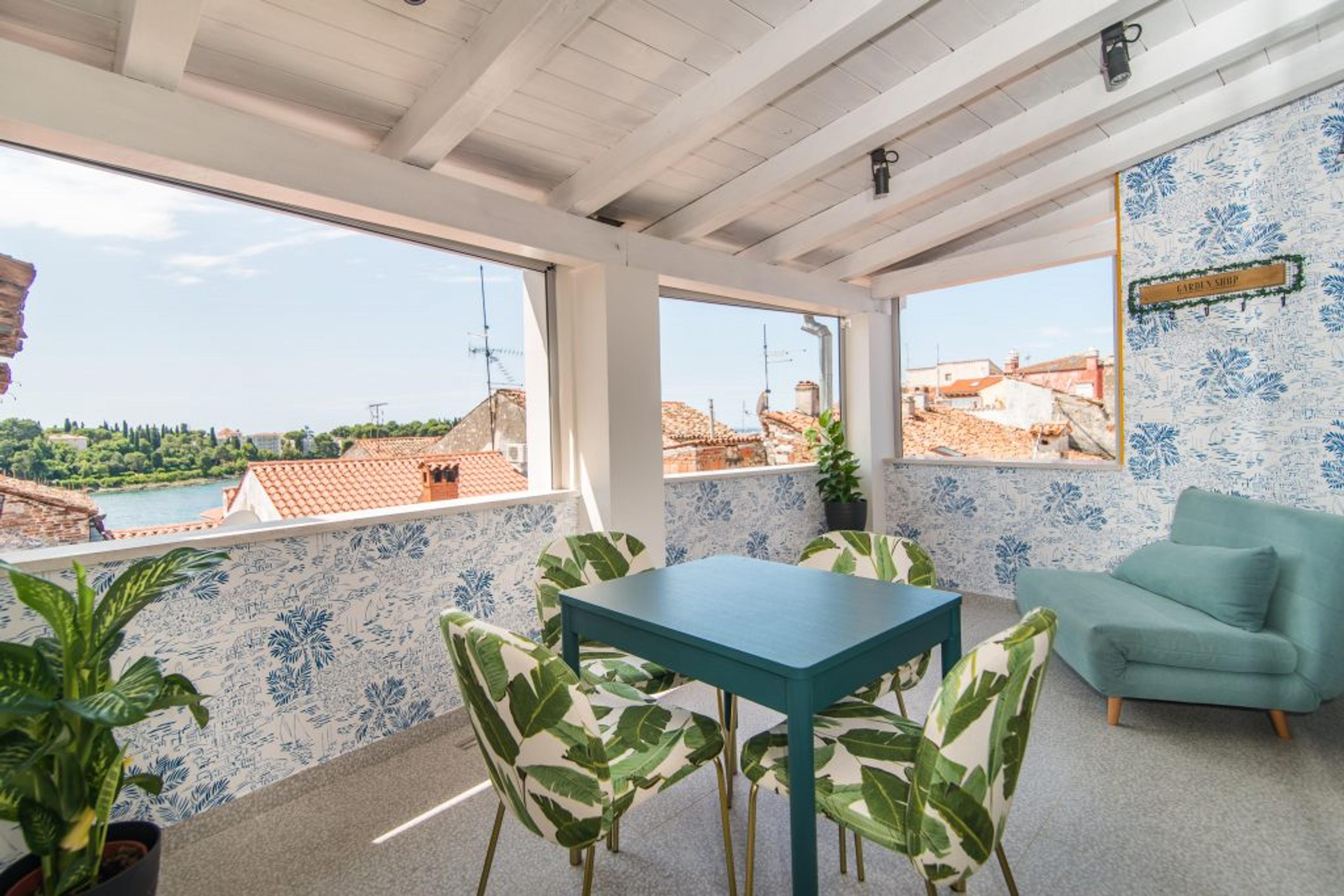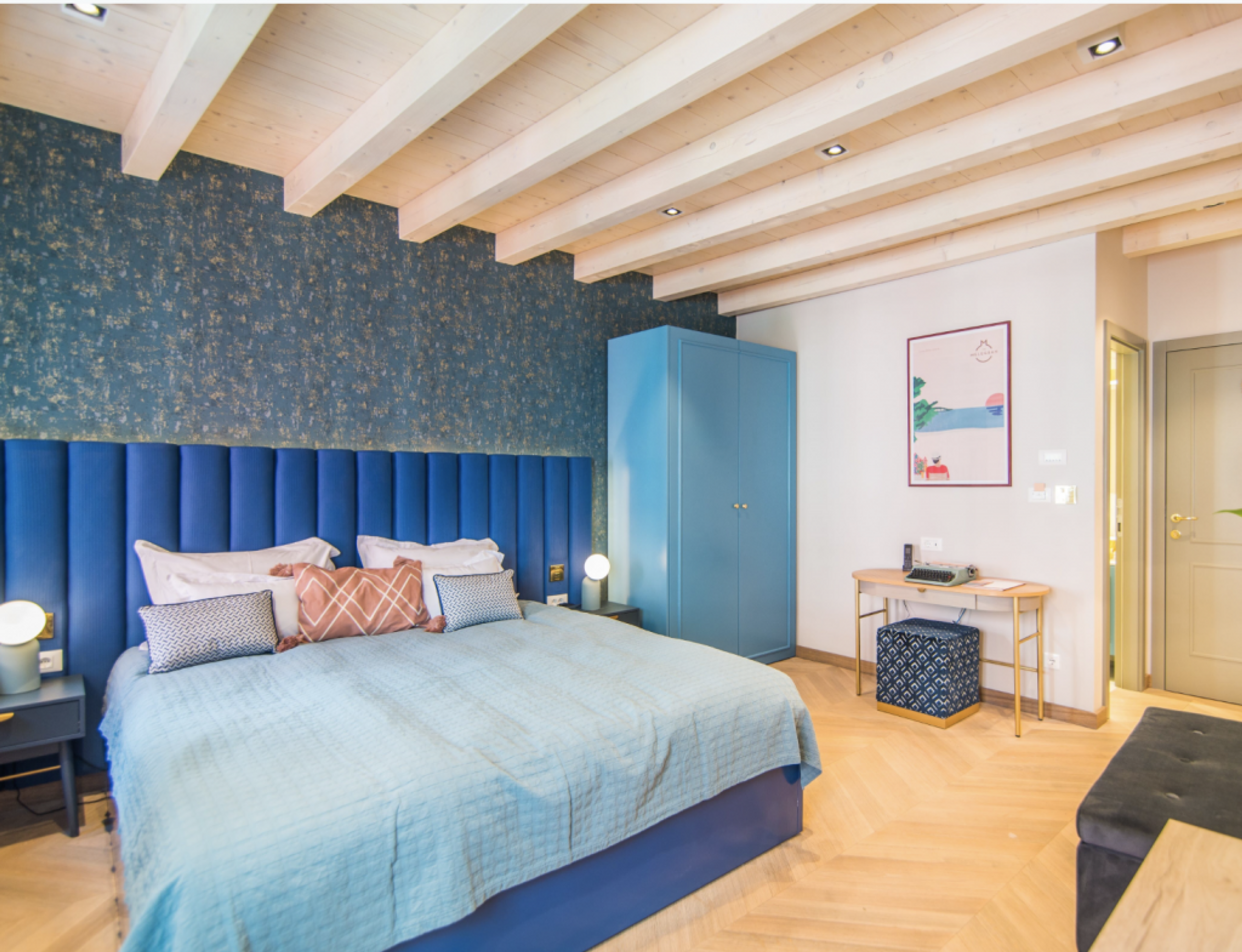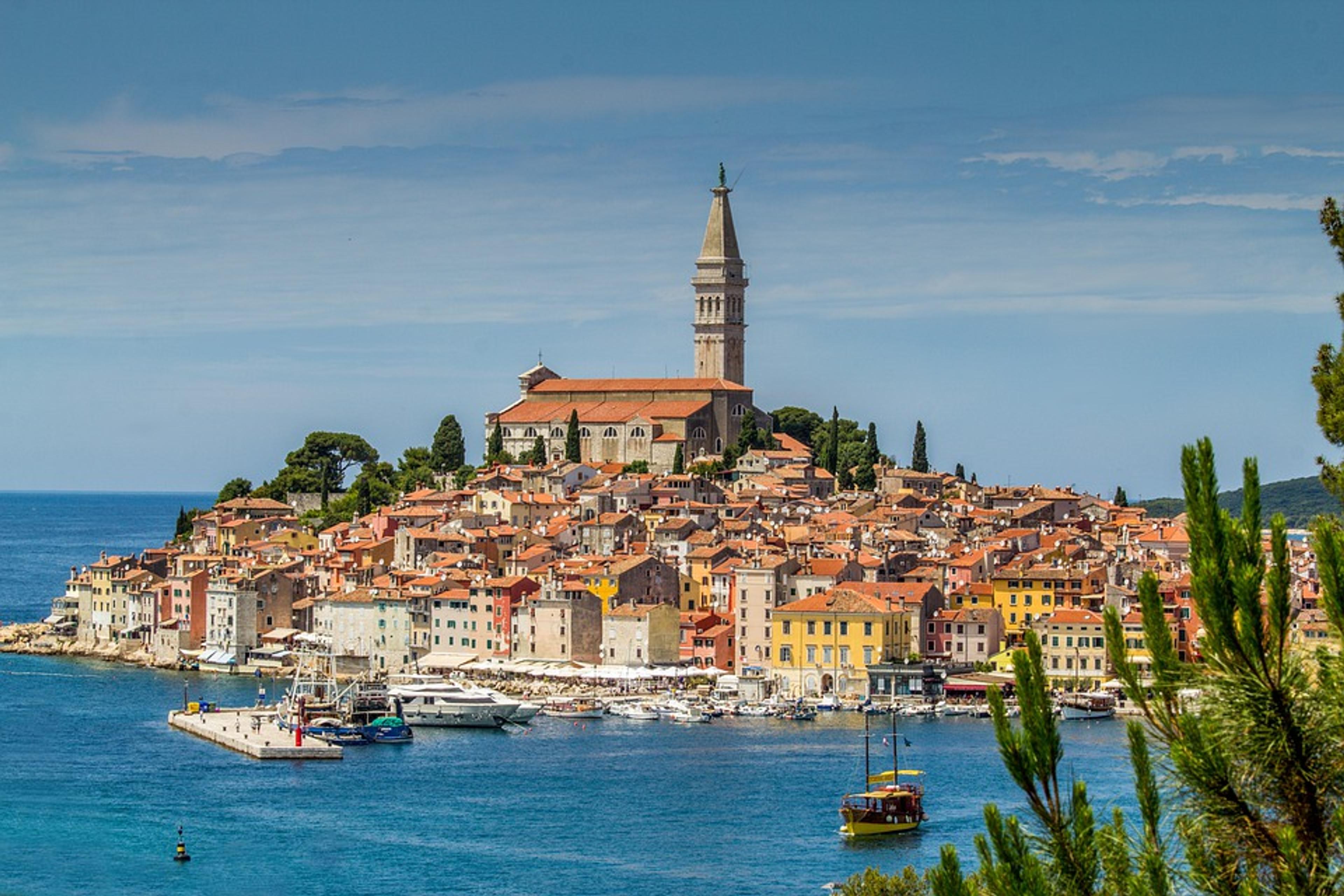If you fancy an iconic golf getaway, then the LAVIDA Hotel at the PGA Catalunya Resort should feature highly on your list of accommodation options. Our #TeamCoco went to find out how this property lets you combine golfing at the PGA Catalunya Resort with a road trip around the beautiful Girona province in Spain’s northeastern autonomous region of Catalunya.
The Girona province of Catalunya (Catalonia) features an exciting combination of culture, gastronomy and natural beauty. From the Costa Brava (the ‘wild or rugged coast’) on the Mediterranean to the windy slopes of the Pyrenees mountains, Girona offers unique experiences that will invigorate your mind, body and soul.
One such experience is golf. Major tournaments such as the USPGA Championship, The Masters and The US Open keep us entertained although we do not currently play much golf ourselves.
However, whenever we get the chance to stay at a golf resort, we embrace it for the chance to experience inspiring architecture and interior design which world-class golf resorts are known to offer.
This is why we were excited to visit PGA Catalunya Resort to check out their latest property, the LAVIDA hotel, during a road trip across Girona and the Costa Brava.
Golfing at the PGA Catalunya Resort
The LAVIDA Hotel is a recent addition to the impressive PGA Catalunya Resort real estate portfolio.
Located less than twenty minutes from the historic city of Girona with its stunning medieval quarter, the PGA Catalunya Resort has successfully leveraged the natural beauty of the Girona countryside to create a range of design-minded hotels and contemporary residential accommodation.
Read: House of Coco Tips To Learn How To Play Golf
The resort itself features two award-winning 18-hole golf courses (one stadium and one tour). LAVIDA Hotel guests can enjoy a 15% discount on green fees as well as other incentives.
As mentioned previously, we are not avid golfers and so are unable to judge the courses based on our actual experience. However, industry experts consistently rank the PGA Catalunya Stadium course highly on their list of the ‘Top 100 Golf Courses in Continental Europe’.
Apart from world-class golfing at PGA Catalunya, the estate truly excels with residential architecture. This is where our aspirational objectives were fully satisfied.
Luxury is expensive but dreaming is free so we drove around the resort admiring the modern luxury villas, semi-detached houses, townhouses and apartments. All properties offer panoramic views over the golf courses and Girona’s beautiful countryside. We later learned that some of the properties are available for golf holiday rentals.
Staying at the LAVIDA Hotel
Back to reality, our room at the LAVIDA Hotel at PGA Catalunya also had excellent balcony views of the golf course. The comfortable twin bed, storage space for golf clubs and the tech-friendly facilities (fast WiFi, smart TV and in-room sound system) were key highlights.
An unusual bathroom configuration had the washbasin located in the living space, a design feature which we felt squeezed available space even further. The room layout is great for golfers who spend their day out on the green but not entirely ideal for the business traveller.
LAVIDA’s real design highlights, in our opinion, are to be found in its communal spaces. The main entrance leads to an amphitheatre style seating area with a view that emphasises closeness to nature. An outdoor pool and lounge area invite guests to relax after spending time out on the green.
LAVIDA Hotel and Hotel Camiral
For such a beautifully designed property located in Catalunya, one of the world’s most innovative gastronomy regions, we found the onsite dining options at LAVIDA to be underwhelming.
The on-site restaurant had more of a sports bar ambience and the food options (from a limited menu) lacked any clear theme or connection to the region.
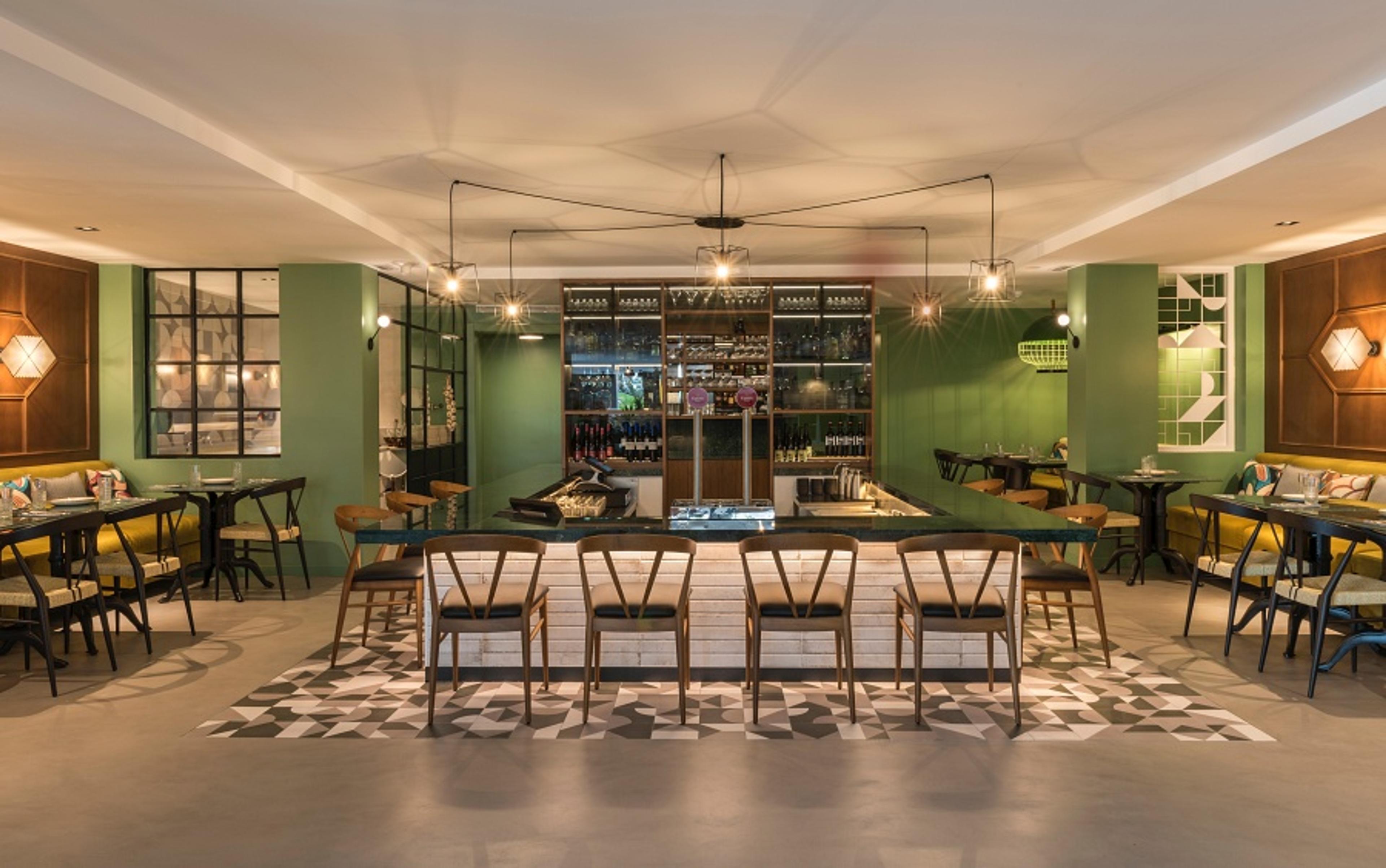
For a more memorable (fine dining) experience, we recommend heading to the 1477 Restaurant in the neighbouring 5* Hotel Camiral, another property in the PGA Catalunya estate. The ambience of the 1477 restaurant and the menu are far superior to the comparatively average dining options at LAVIDA.
At the Hotel Camiral itself, the heady scent of jasmine hits you as you walk into the sophisticated lobby with its exquisite interior decor. The bar and library area are outstanding in their design and, we imagine, a great place to unwind after spending your day golfing at PGA Catalunya.
For golfers travelling on a budget, we recommend visiting Can Barris, a neighbourhood restaurant located ten-minutes away from the LAVIDA hotel where you can enjoy authentic Catalan delicacies (the Cargols – snails – are a highlight) and meet locals.
From Golf to Girona – Exploring beyond LAVIDA Hotel
The brains behind the PGA Catalunya Resort want you to enjoy your golf but also want you to experience the best of Catalunya – including the mountains, beaches, history, art and architecture.
Therefore, in addition to your golf experience, we recommend hiring a rental car and making a road trip out of the remainder of your visit.
Also see: House of Coco Six Ideas For an Unforgettable Road Trip
A few ideas for a Girona road trip itinerary include:
Wine tasting in D.O. Emporda
For a multisensory wine tasting experience, visit Mas Llunes, a wine estate located in Garriguella, a quiet farming community in the Girona province. It is part of the D.O. Empordà Wine Route, the official designation of this wine-producing region of northeastern Spain.
Alternatively, visit the village of Sant Climent Sescebes and experience organic wines at Terra Remota, a wine estate with an eye on the future.
Wander through medieval villages
The patchwork of adorable towns and villages that can be found along the Costa Brava and further inland in the Girona Province are a wanderer’s delight. Medieval towns like Santa Pau and Peratallada offer the chance to experience the region’s rich history. Roman architecture – castles, monasteries and churches – will give you plenty to marvel at.
Experience the wildness of the Costa Brava
Join local botanists and gastronomes for a nature walk along the ‘rugged coast’ to understand how Costa Brava’s natural environment influences regional culture and gastronomy. See quiet beaches unspoiled by mass tourism and admire the Mediterranean from cliff-top viewing points while enjoying a sunset wine tasting experience.
Enjoy innovative Catalan cuisine
Catalunya has a great reputation for world-class gastronomy. Visit Restaurant Sa Rascassa, in Cala Aiguafreda, a picturesque fishing town on the Costa Brava to enjoy good food and Catalan character.
Travel information
Getting there: By car from Girona-Costa Brava Airport (8 km) or from Barcelona airport (102 km).
Early bird discounts of up to 15% are available on room rates. For bookings and more information, visit the Lavida Hotel, PGA Catalunya Resort website.
[googlemaps https://www.google.com/maps/embed?pb=!1m18!1m12!1m3!1d2971.6545879828673!2d2.7611723148722307!3d41.85726097469809!2m3!1f0!2f0!3f0!3m2!1i1024!2i768!4f13.1!3m3!1m2!1s0x12bb2036d31ab9b1%3A0x45a882e7cdfdc4ff!2sPGA%20Catalunya%20Resort!5e0!3m2!1sen!2suk!4v1568827141496!5m2!1sen!2suk&w=600&h=450]

